Bird's Eye View Of Mountain Near Body Of Water Photo - Free Sea Image
Water is everywhere in our daily lives. From staying hydrated to washing your dishes and brushing your teeth, there are few things in this world that don't involve water in some way, shape, or form.
But how much do you actually know about the different types of bodies of water that exist across our beautiful planet?
While we often visualize water as coming out of the tap in our kitchen, all that water has to come from somewhere. Indeed, there are dozens of different types of bodies of water out there, each of which is stunning and unique in its own way.
If you've always wondered about the various types of water bodies on Earth and how they differ, then this article is for you. Up next, we'll introduce you to the 47 types of bodies of water on the planet so you can be more knowledgeable about the world around you.
47 Types of Bodies of Water
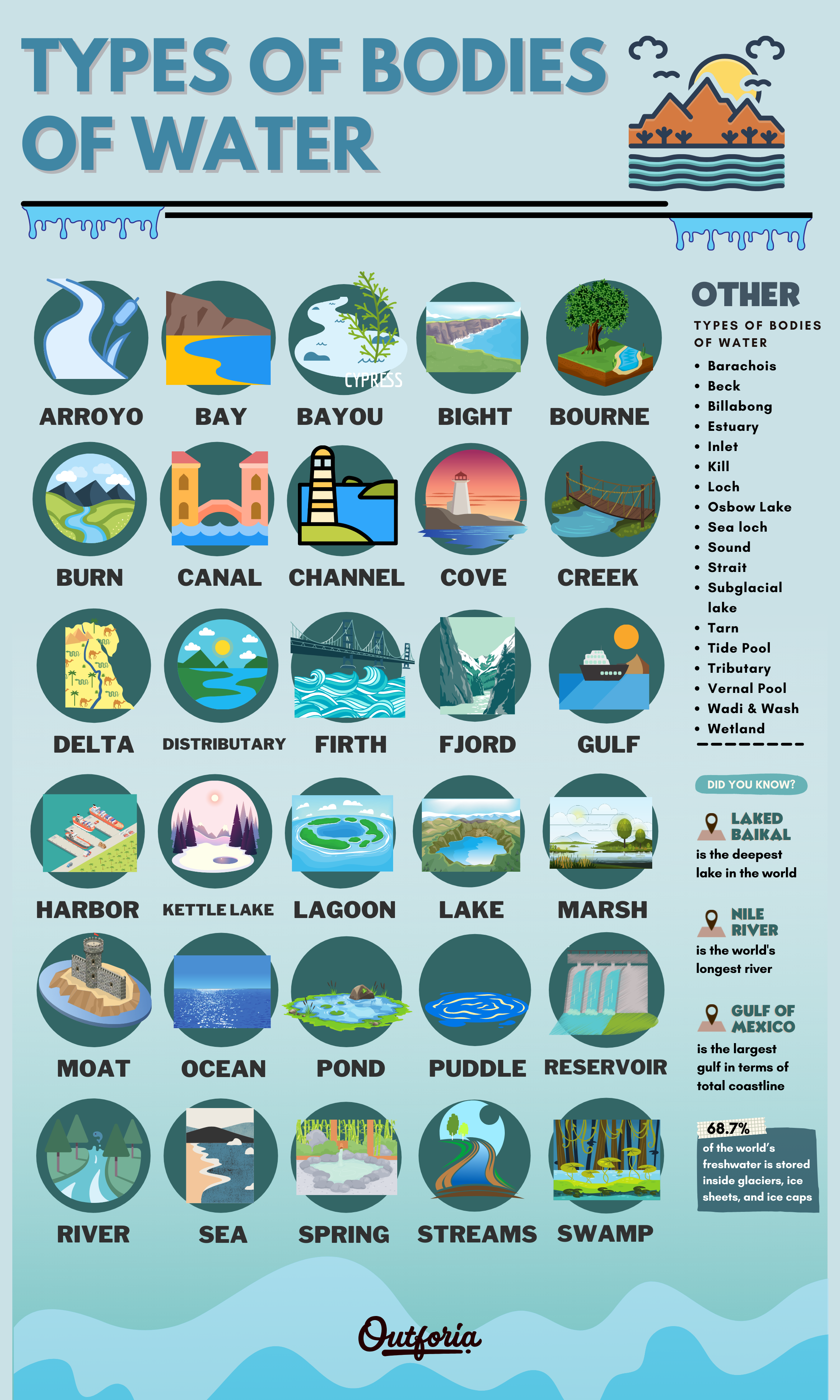
<a href="https://outforia.com/types-of-bodies-of-water/"><img style="width:100%;" src="https://outforia.com/wp-content/uploads/2021/05/Bodies-of-water-infographic-1.png"></a><br>Bodies of water Infographic by <a href="https://outforia.com">Outforia</a> When most of us picture bodies of water, we think of lakes, rivers, streams, and oceans. However, there are dozens of different types of bodies of water out there, each of which plays a vital role in its local ecosystems.
That being said, most types of bodies of water can exist in various geographic regions and ecosystems, and the majority of water bodies can take many different shapes and sizes. So, categorizing bodies of water is a bit of a futile task because there's an exception to every rule.
As a result, we've created this ultimate list of the different bodies of water and organized them alphabetically to allow you to easily find what you're looking for.
So, without further ado, here are the 47 types of bodies of water that give life to our wonderful planet Earth:
1. Arroyo
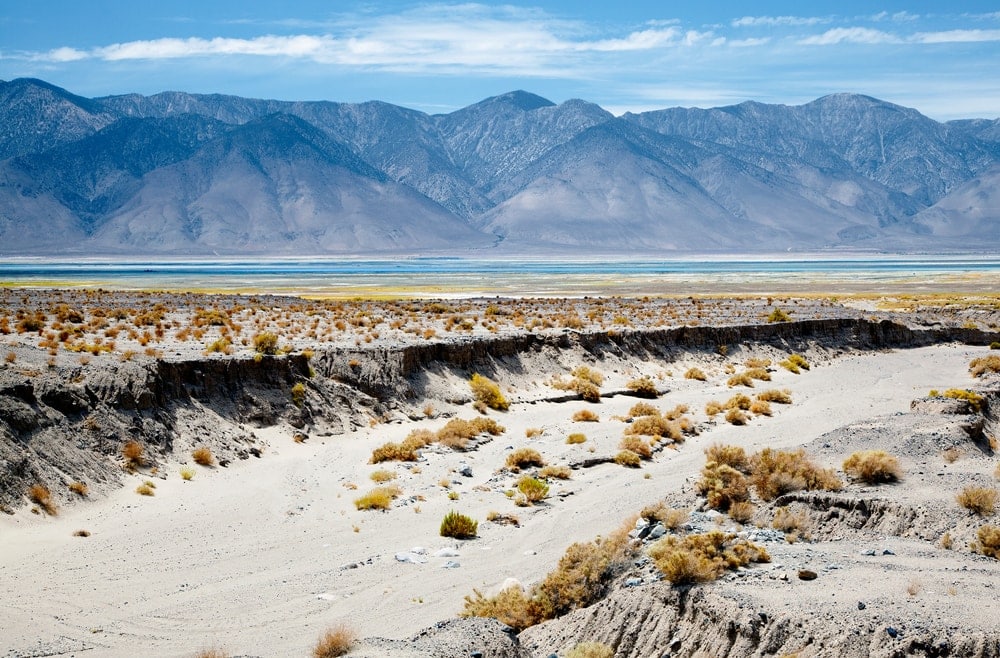
An arroyo is a type of small creek or stream that's generally found in desert areas. The word "arroyo" comes from the Spanish word arroyo, which means stream.
As a result, the term "arroyo" is most commonly used in Spanish-speaking countries, including in Central and South America, as well as in Mexico and the southwestern United States.
Arroyos, which are sometimes called washes, tend to be dry throughout most of the year. They usually have sandy creek beds that flood during thunderstorms and other types of severe weather.
Most arroyos are natural, but humans have also been known to create them as part of a flood control channel or for irrigation purposes. For local ecosystems, arroyos play a critical role because they often provide freshwater for wildlife in regions where no other surface bodies of water exist.
2. Barachois
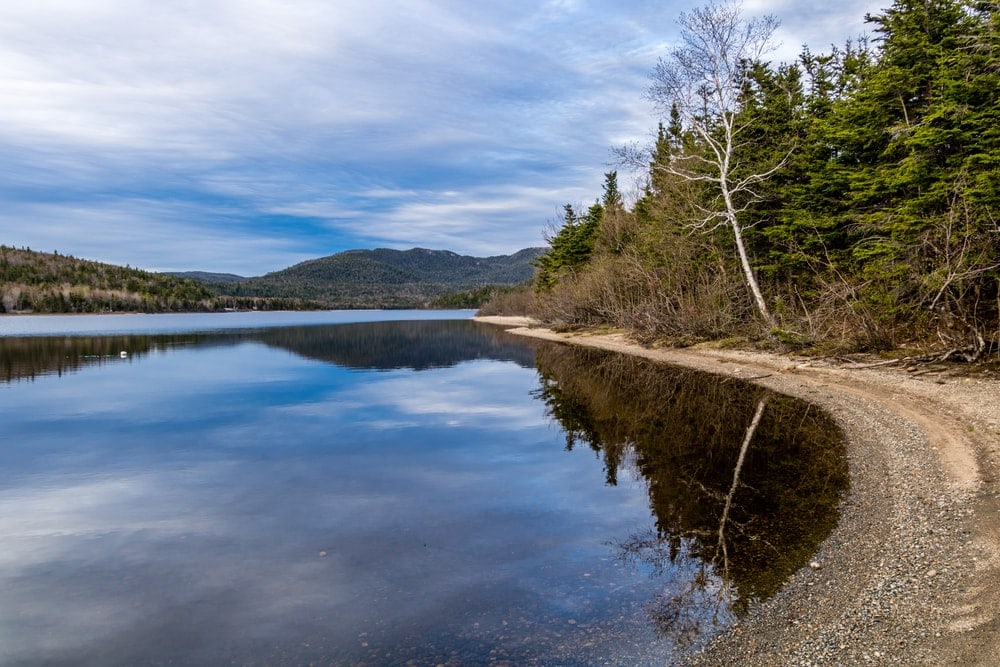
A barachois is a type of shallow lagoon that's bounded in on at least one side by a sand bar. This term is used primarily in Canada's Atlantic Provinces (Nova Scotia, New Brunswick, Prince Edward Island, and Newfoundland and Labrador), but you may also hear it used in British English.
The word "barachois" comes from a mixture of French and Basque, so you'll also hear it used in some parts of France's overseas territories, including in the islands of Saint Pierre and Miquelon as well as on Réunion and the in the French-speaking Republic of Mauritius.
We should note, however, that the word is sometimes pronounced as "barrrasway" in parts of northern Atlantic Canada.
Most barachois form as a result of sediment deposition along the mouth of a river. Since barachois provide natural shelter from the elements, they are a popular place for beaches, marinas, and other water-related facilities.
3. Bay
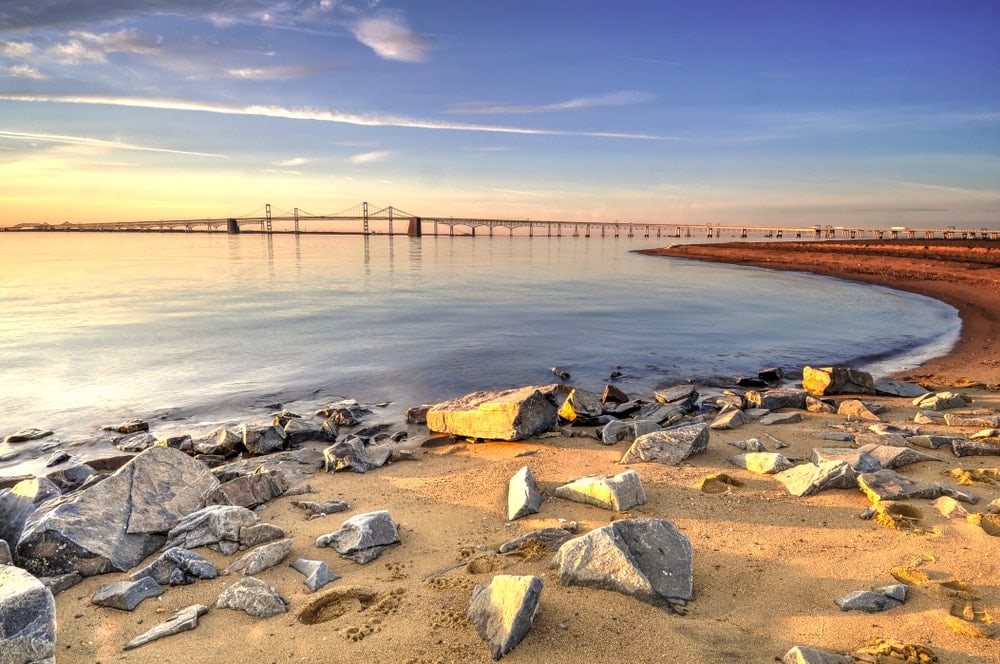
Found all over the world, a bay is a type of water body that's partially enclosed by land. Most bays are found in coastal regions along the ocean, but large lakes, such as the Great Lakes in the US and Canada, can also have bays.
For the most part, bays are considered to be smaller than gulfs, but this is a practical distinction rather than a technical one. For example, the Bay of Bengal to the east of India, which is the largest so-called bay in the world, is more than 1,000 miles (1,600 km) long. Meanwhile, the Chesapeake Bay in the eastern United States is just 200 miles (320 km) long.
There are many reasons why a bay might form. In coastal areas, they often form as a result of plate tectonics as two plates drift together or pull apart. On the other hand, some bays, like Guanabara Bay near Rio de Janeiro, Brazil, is the result of years of erosion by the Atlantic Ocean.
4. Bayou
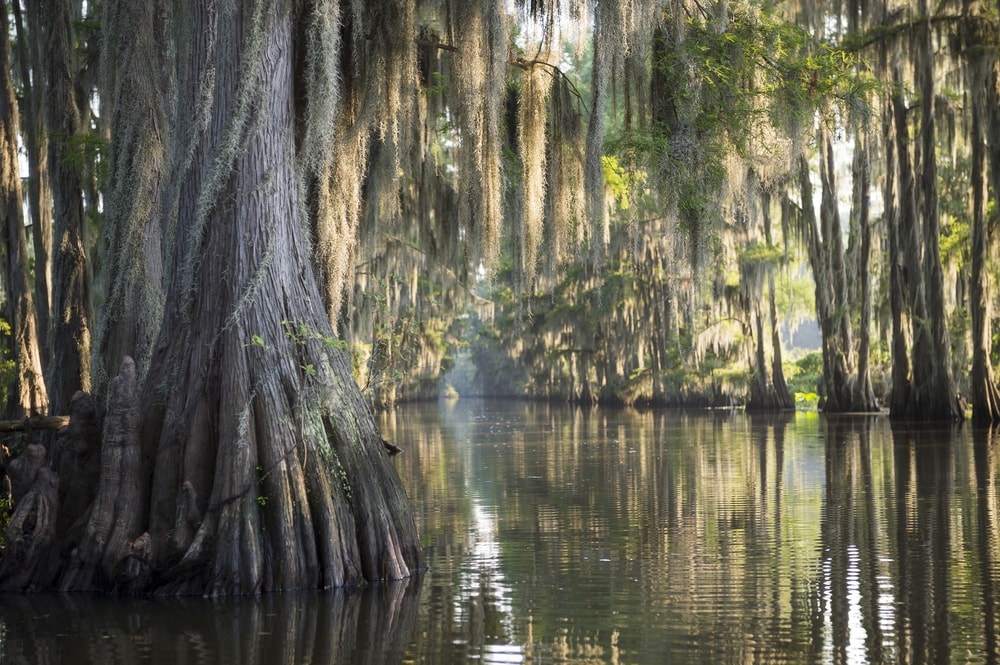
Perhaps most common in the southeastern United States, bayous are water bodies that form along a very slow-moving section of a river or creek. While bayous are technically moving bodies of water, they form in very flat areas where the speed of the water is at its slowest.
Many bayous are quite shallow and they can be fresh or saltwater. Sometimes, bayous have both fresh and saltwater, leading to a combination that's called "brackish water."
For the most part, bayous are heavily vegetated and they make for excellent ecosystems for local wildlife. You can sometimes find massive cypress trees along the banks of a bayou, which is certainly a sight to see. Wildlife in these habitats is diverse and varied, though visitors should always keep an eye out for alligators!
5. Beck
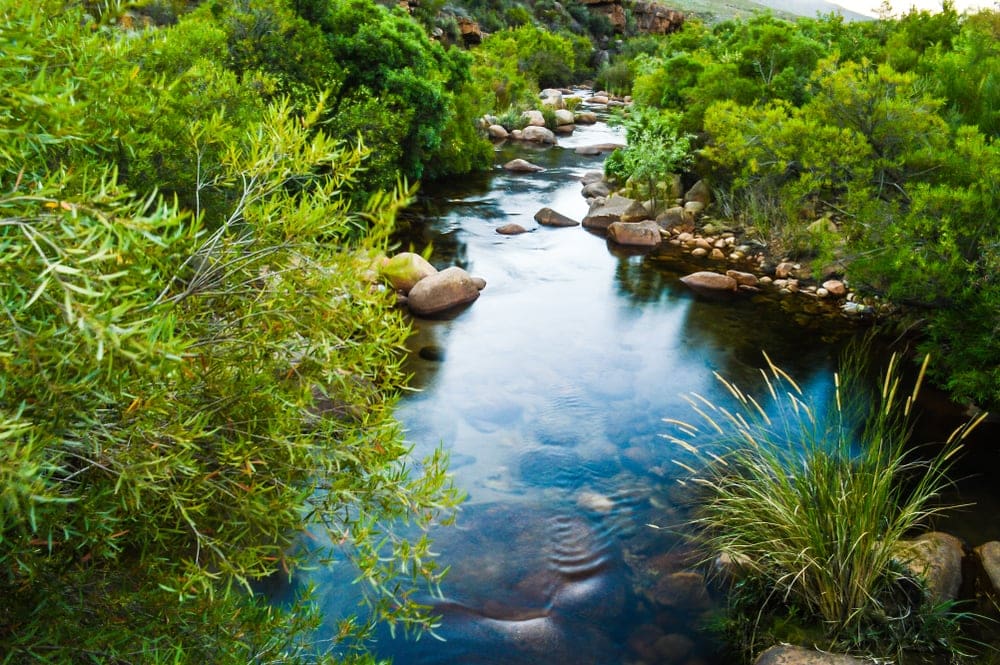
The word beck refers to a small stream or creek. These days, you'll rarely hear people refer to creeks as becks, except in parts of northern England, particularly around Yorkshire and Northumberland.
It's believed that the word derives from Old Norse, but the origin is uncertain. Most people who use the word "beck" to describe a stream would do so to talk about a creek with a particularly stony creek bed.
6. Bight
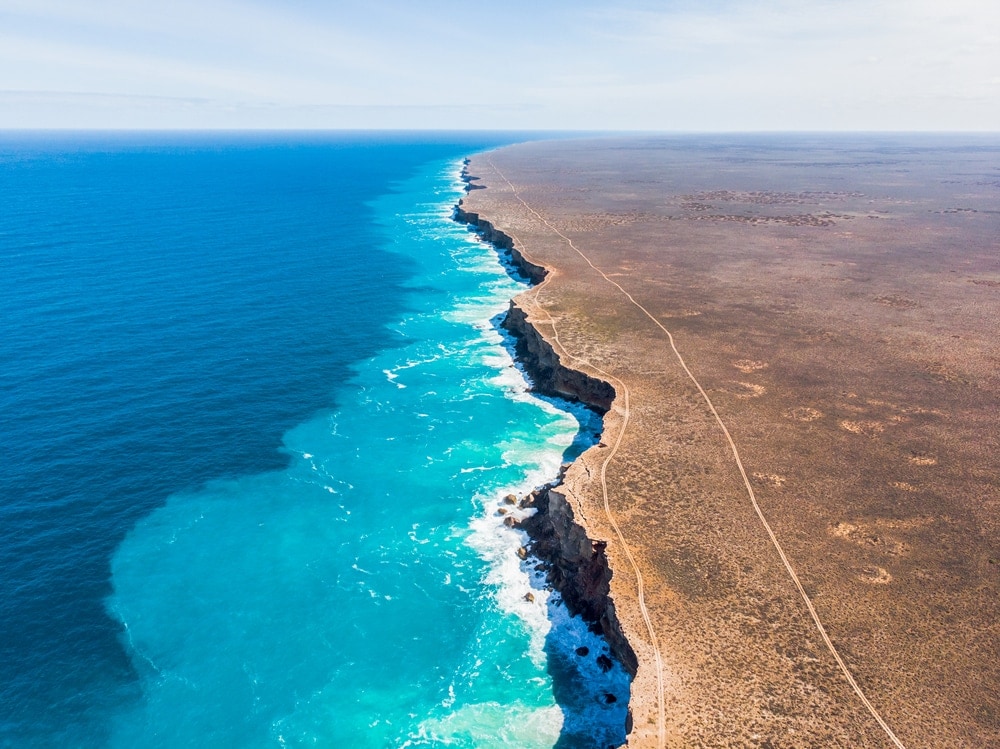
Bights are coastal features that form along parts of a shoreline where the ocean has eroded away the landscape. They are usually quite long, gradual recesses in the coastline that eventually open up to form a large, mostly open bay.
Since bights are generally shallow, they can pose a major hazard to ships and navigation. As a result, most cartographers take special care to note them on nautical charts. Many bights are also marked with danger buoys to warm seafaring vessels of their shallow depths.
The Great Australian Bight is often considered to be one of the world's largest bights as it extends across much of the southern coastline of the country.
7. Billabong
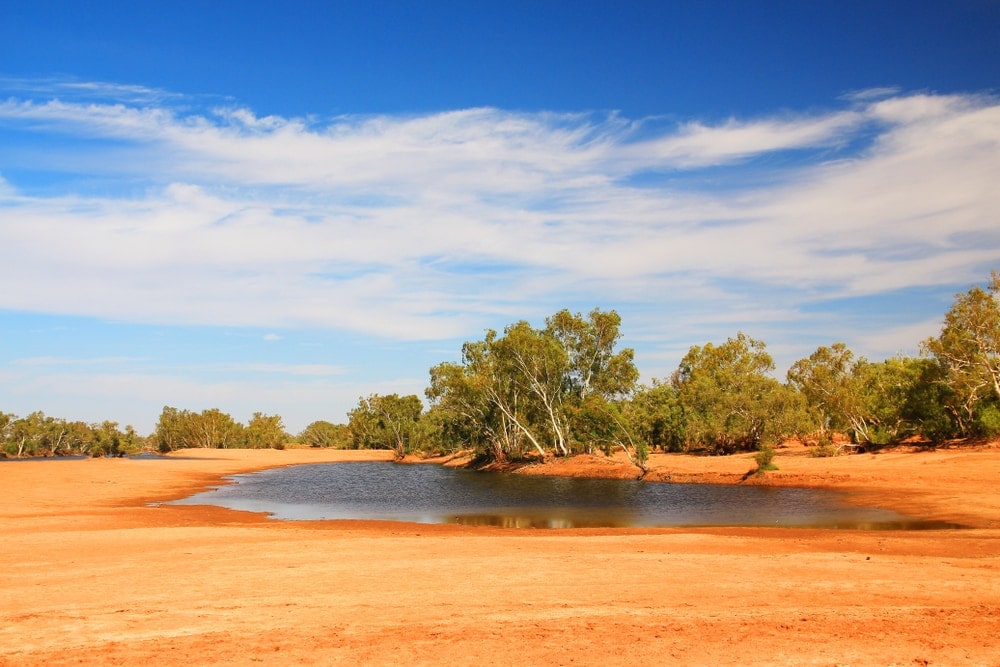
A billabong is a type of oxbow lake. However, you will rarely hear this term used to refer to oxbow lakes outside of Australia.
Billabongs, alongside other oxbow lakes, form as a river erodes away at the landscape. Eventually, the river will change its course as it charts the path of least resistance from its source to its outflow.
For a loop of some cool satellite images showing how billabongs and other oxbow lakes form, check out this video from Geography Realm:
In Australia, the world billabong derives from the Wiradjuri word "bilabang." Billabong means lake in the Wiradjuri language from what is now New South Wales.
For millennia, billabongs were critical sources of water for the Indigenous peoples that live in arid parts of what is now Australia. They also continue to play a critical role in the country's many ecosystems today.
8. Brook (Bourne)
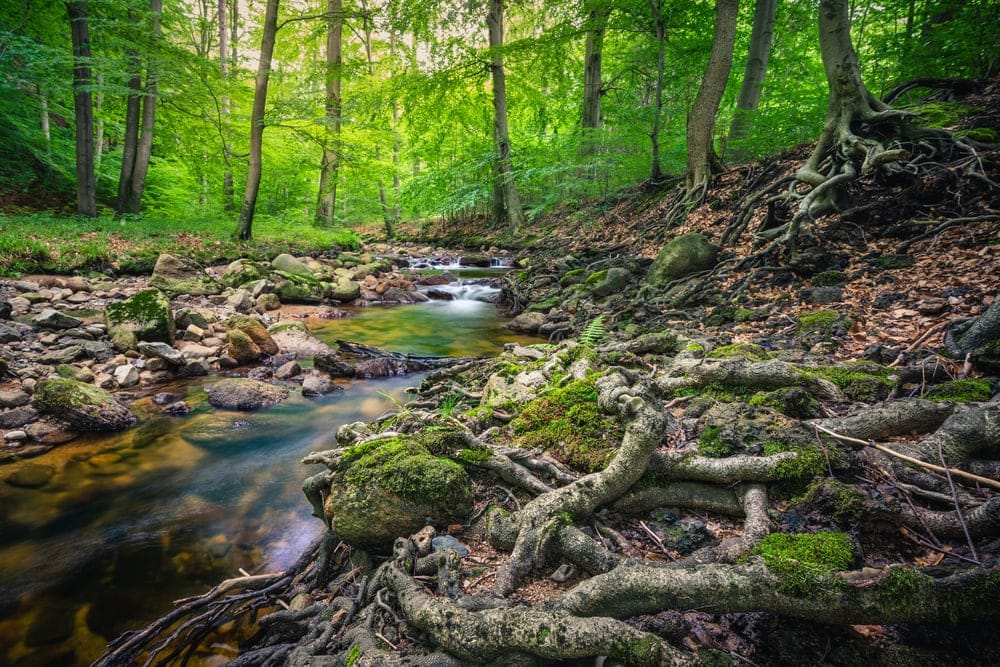
Also called a bourne, a brook is a small stream. The term "bourne" is most common in British English, though you may see it in other English-speaking locations.
Interestingly, there are a number of towns in the United Kingdom with a variation of the word bourne in their name. This includes the town of Bournemouth in Dorset.
Most people who use the word bourne do so to refer to seasonal or intermittent streams. However, the name brook can be used for permanent flows of water.
We should also mention that some people will use the word "brooklet" to refer to very small brooks or bournes.
9. Burn
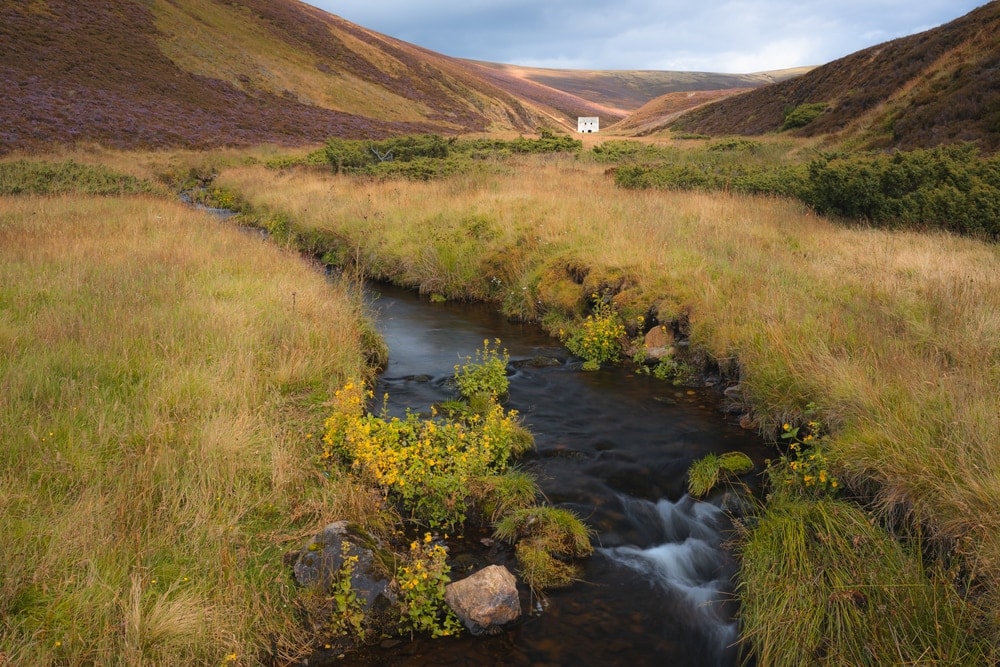
Although it's very similar in spelling to the word "bourne," which refers to a small stream, the word "burn" actually has a completely different use. The term burn is used primarily in Scotland, though you'll also see it in New Zealand, Australia, and parts of both Ulster and northern England.
When used in the traditional sense, a burn is a type of large stream. There are a number of streams called "burns" in Scotland as well as a number of town names that derive from the word, such as Blackburn and Tyburn.
10. Canal
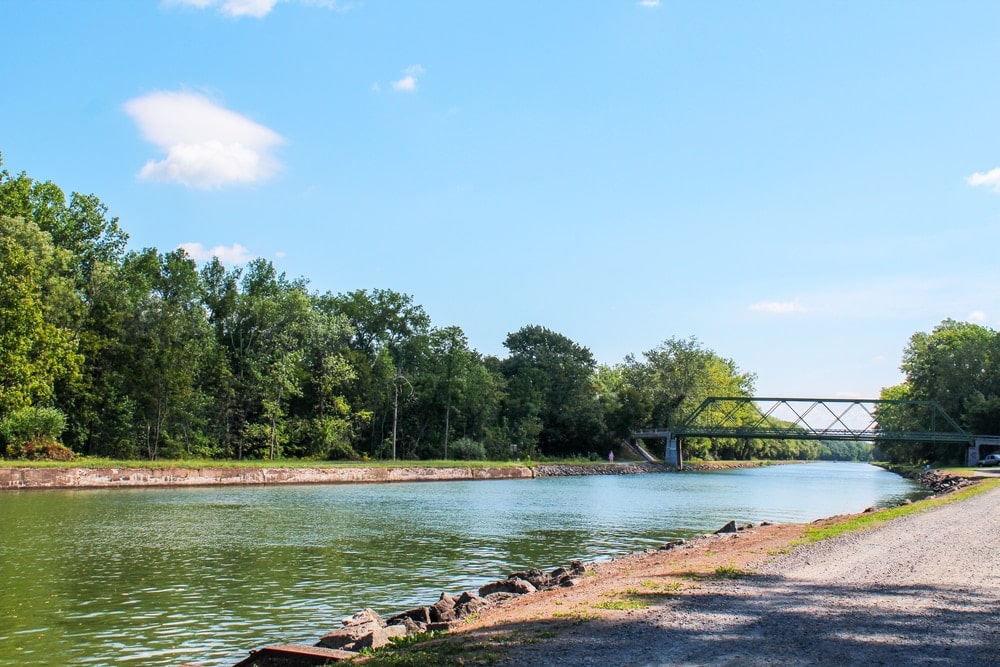
Canals are a type of man-made body of water. They were traditionally created to allow boats and other vessels to travel between two major bodies of water even when a navigable river didn't exist.
There are a number of very famous canals around the world, many of which are essential for the global shipping industry. Some of the most important canals include the Panama Canal, which links the Pacific and Atlantic oceans, and the Suez Canal, which connects the Red Sea and the Mediterranean Sea.
Canals were particularly important in the years before the widespread construction of railroads and the advent of the motor vehicle. Some canals, such as the Erie Canal in New York, were critical for connecting the port of New York City to the Saint Lawrence Seaway, during the 1800s, but they have since fallen out of regular use.
11. Channel
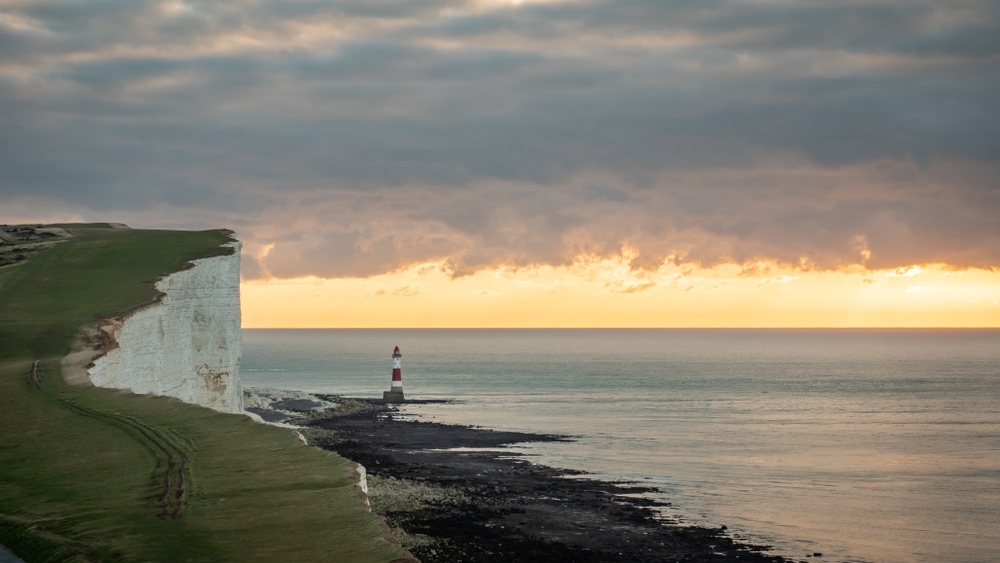
The term channel is generally used to describe wide waterways that flow between two islands or other landmasses. Channels can also be called straits, though the term strait is usually reserved for much larger channels.
Perhaps the most famous channel is the English Channel, which separates the countries of France and England.
Some smaller channels, such as Ambrose Channel in the New York City area, are frequently dredged and deepened to make them suitable for passage by massive cargo ships. However, this usually isn't necessary for larger channels, like the English Channel, except at the entrance to certain ports.
12. Cove
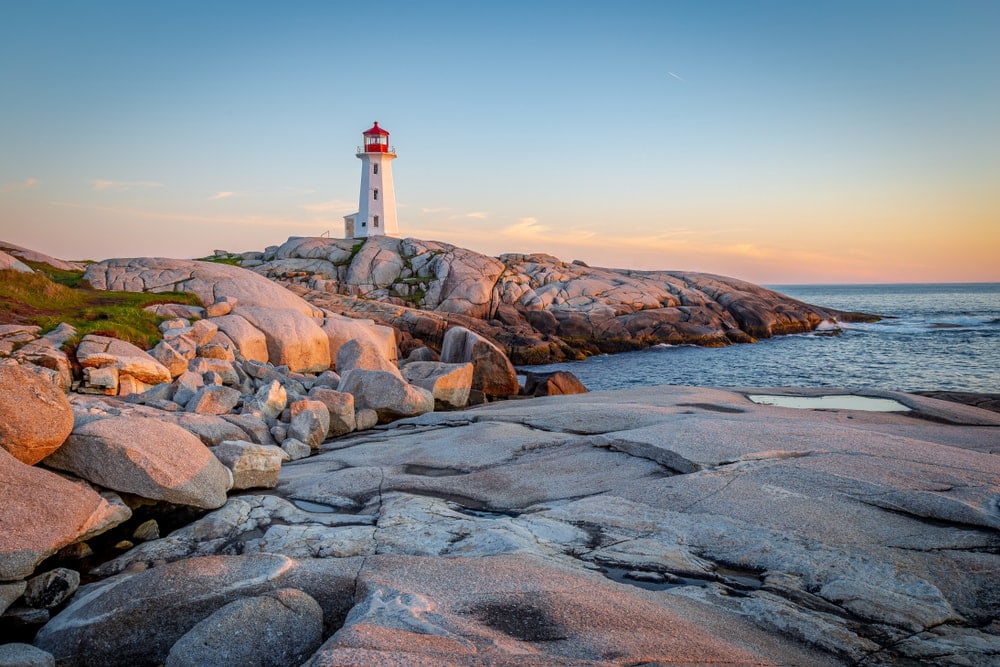
We humans use the word "cove" to refer to a variety of landforms. However, the most common use of this word is to describe a small bay that's relatively sheltered from a lake, ocean, or even a river.
Most people think of coves as rocky inlets, though some are quite sandy. For the most part, they have fairly narrow entrances, which helps to protect them from the conditions out at sea.
The majority of coves formed throughout years of weathering and erosion. This is particularly true in areas with rock types, like limestone, that weather easily, leaving behind the coves that we see today in many coastal areas.
12. Creek
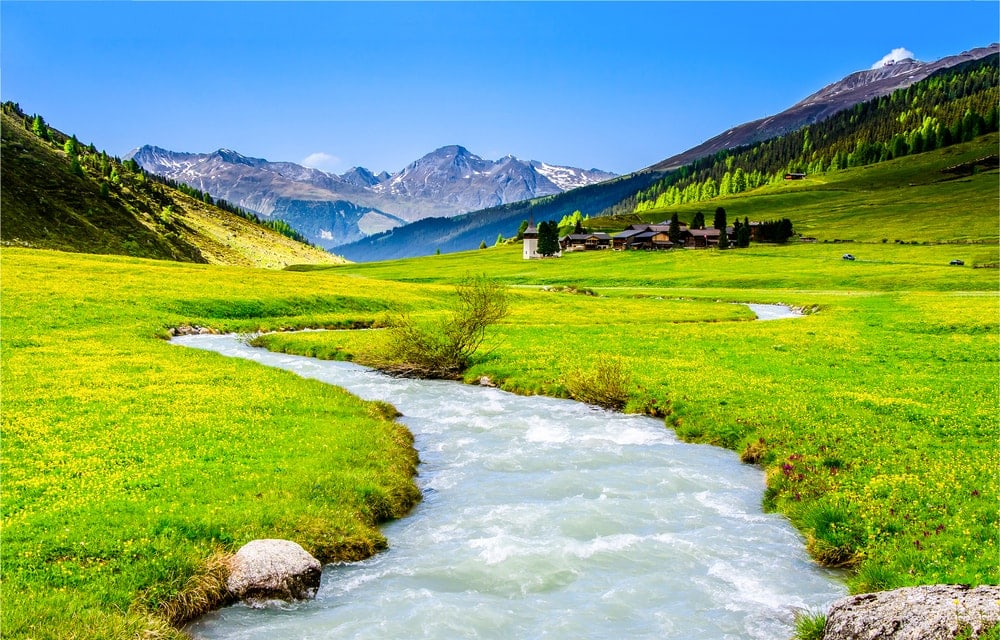
Depending on who you ask, you'll get about a dozen different definitions for the word "creek." While there's no hard-and-fast definition of what a creek is, most people use the term to refer to a relatively small stream of flowing water.
In North America and in other parts of the English-speaking world, creeks are usually smaller than rivers and streams. But, again, this usage varies from place to place.
It's also worth mentioning that some parts of the United Kingdom will use the word creek to refer to a tidal inlet along the ocean. However, this is an uncommon use of the term.
13. Delta
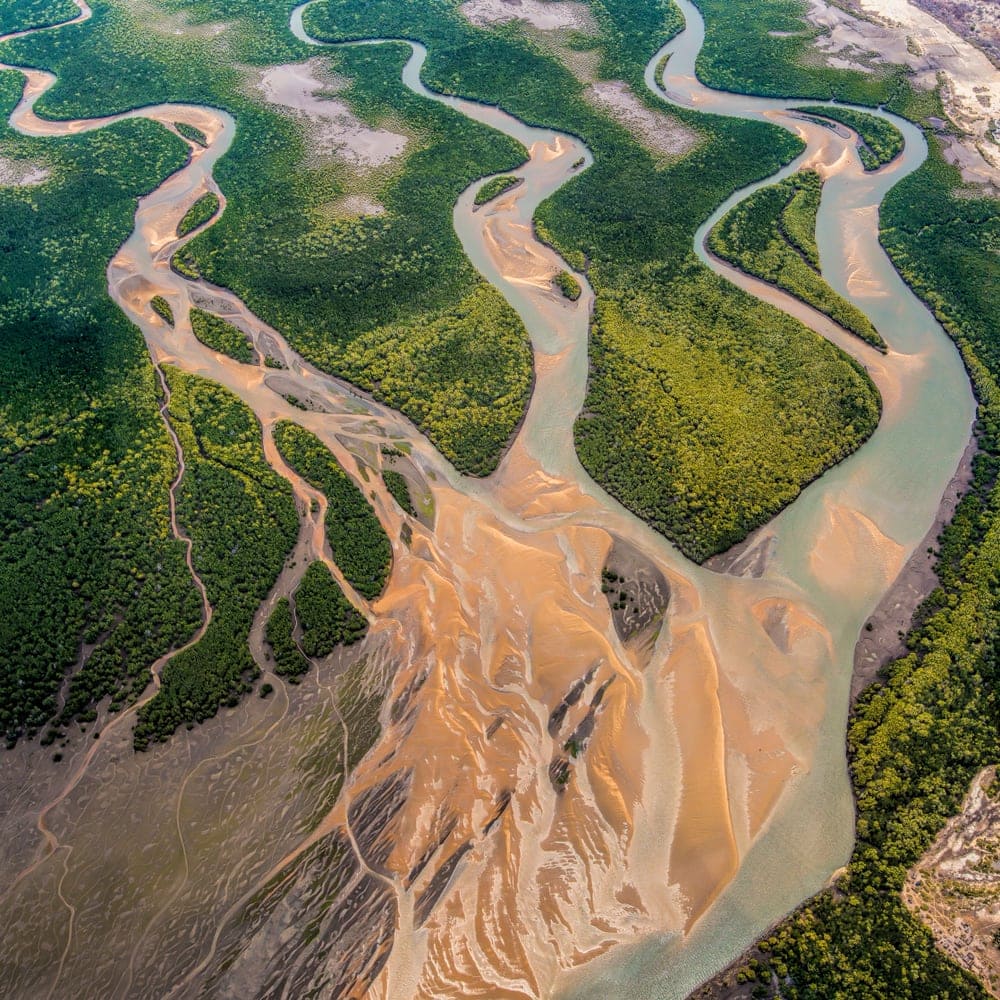
A delta is a type of landform that occurs at the mouth of some large rivers. Deltas are typically wetland ecosystems that are rich in nutrients, which makes them the perfect habitat for seabirds and other species.
Perhaps the most famous delta in the world is the Nile River Delta, which covers a wide swath of land (about 150 mi/240 km of coastline) as the Nile empties into the Mediterranean.
Deltas tend to form as a river deposits sediment before reaching the ocean. Since rivers start to slow down as they reach their terminus, they can no longer support the weight of larger sediments that were suspended in their flow upstream.
As a result, rivers deposit these sediments at their mouth, creating a system of braided channels. These braided channels eventually form a sandy landform that can support wetland habitats.
We should note, though, that not all major rivers will create deltas. Some rivers, like the Columbia River in the Pacific Northwest of North America, empties out into the Pacific Ocean where strong currents and waves prevent the accumulation of sediment and the formation of a delta.
14. Distributary

Distributaries are a type of waterway that branches off of a major river. Unlike tributaries, which feed water into a river, distributaries flow away from the main river body.
These waterways are most common around river deltas as the water from the primary river starts to flow into a number of different branches before emptying into an ocean or lake.
You'll also find them at the end of glacial rivers due to the large amounts of sediment that's typically deposited by these waterways, even if they're not particularly large.
15. Estuary
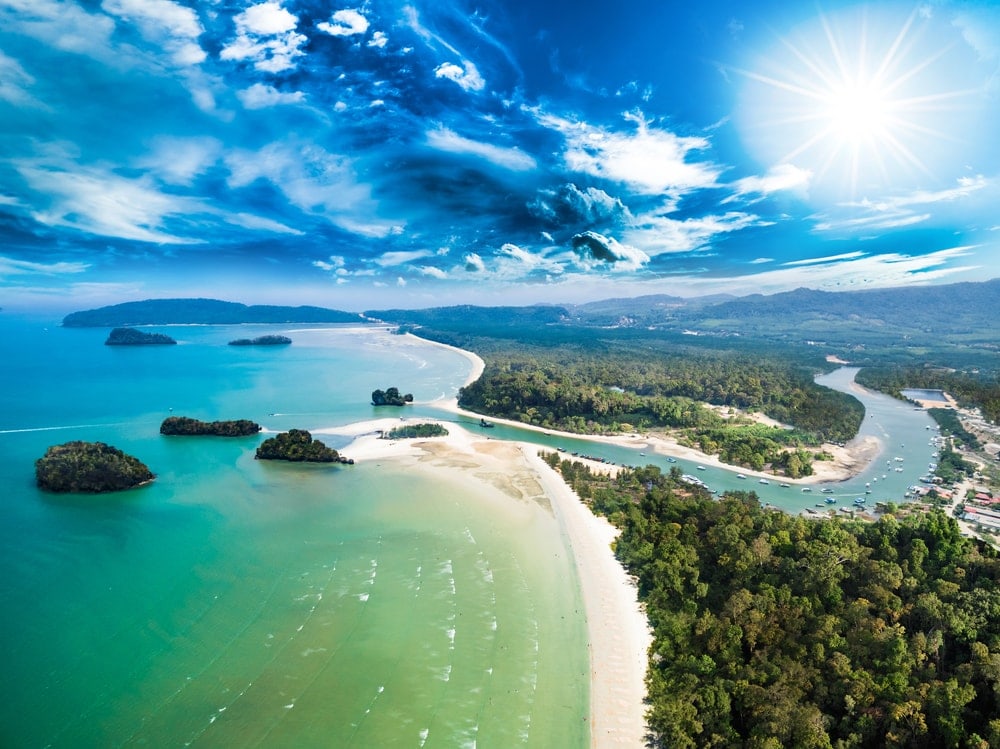
One of the world's most important ecosystems, estuaries are located at the intersection between freshwater and saltwater.
You'll traditionally find estuaries at river outlets along the ocean. These estuaries contain a mix of both fresh and saltwater, which is normally called brackish water.
While we traditionally think of plant and animal species as either fresh or saltwater species, estuaries show us that this just isn't the case. In fact, many species, particularly fish, require this brackish water for their nursery grounds. This makes estuaries vital for a number of ecosystems.
Estuaries are also often a great place for birdwatching as many seabirds choose to nest in these highly productive areas.
That being said, estuaries tend to be quite delicate as slight changes in the salt concentration or pH of these ecosystems can throw the entire region into biological disarray. Therefore, many of the world's estuaries are protected, but more work is needed to protect these fragile areas from natural and human-caused disasters, like oil spills.
16. Firth
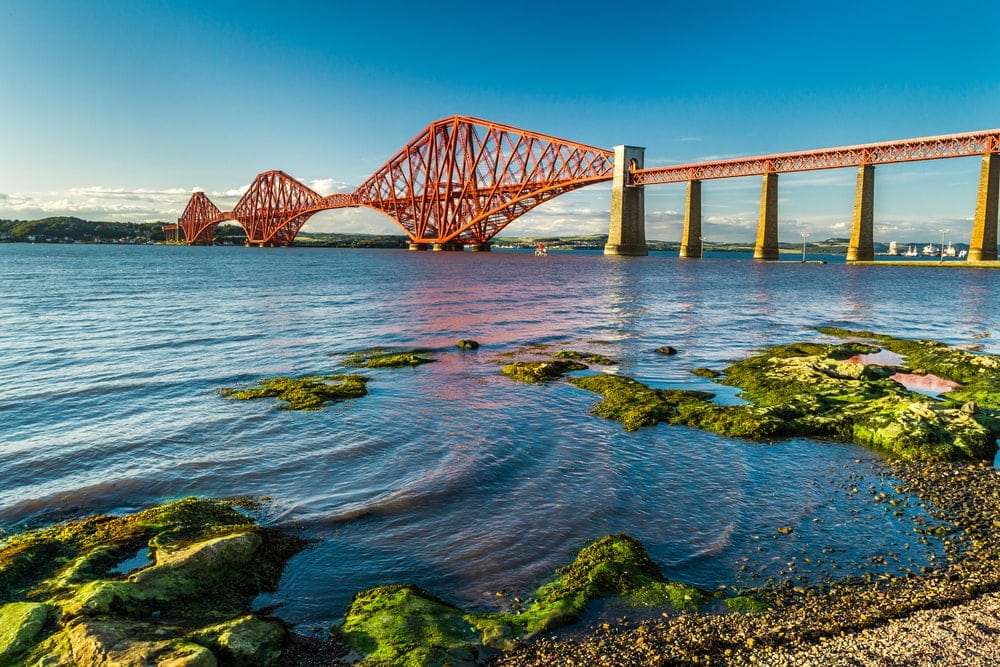
The word "firth" is used almost exclusively in Scotland where it refers to the outlet of a large river.
Many rivers will have fresh water in them as they make their way to the ocean before becoming brackish estuaries upon reaching the sea. Eventually, as the water becomes nearly completely salty seawater, the body of water is called a firth.
This concept of what a firth is can seem quite confusing, so it's best to describe it using a real-life example. Arguably the most famous firth is the Firth of Forth, which is the major body of water that's located just to the north of Edinburgh, the capital city of Scotland.
Upstream of the city of Stirling, this body of water is called the River Forth. Then, downstream of Stirling to about the city of Queensferry, the body of water is called the Forth Estuary. Finally, as the water makes its way out to sea downstream of Queensferry, it's called the Firth of Forth.
These firths do experience tidal fluctuations. Outside of Scotland, one might call a firth a large inlet or potentially a fjord (depending on the specifics of the location). However, there are a number of famous firths that aren't located in Scotland, such as the Firth of Thames in New Zealand and the Firth of Tay in Antarctica.
17. Fjord (Fiord)
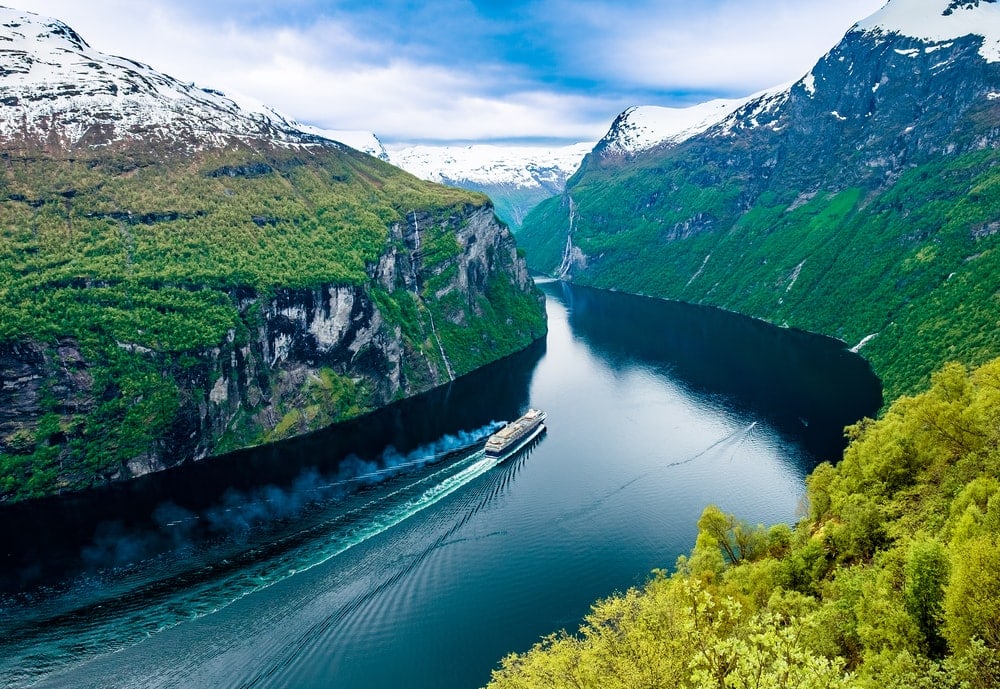
The mighty fjord is a type of large, glacially-carved valley that has since filled up with seawater. The term "fjord" comes from Old Norse, though it has since been added to the English language.
Fjords are particularly common in coastal Norway, but you can also find them in places like Alaska, Svalbard, Antarctica, Chile, Argentina, and Greenland. Pretty much anywhere you can find coastal glaciers, there's a chance that there may be a fjord in the region.
Most fjords are surprisingly deep, even if they are quite narrow. They tend to have large, steep cliffs on either side, which provide for some dramatic scenery.
18. Gulf
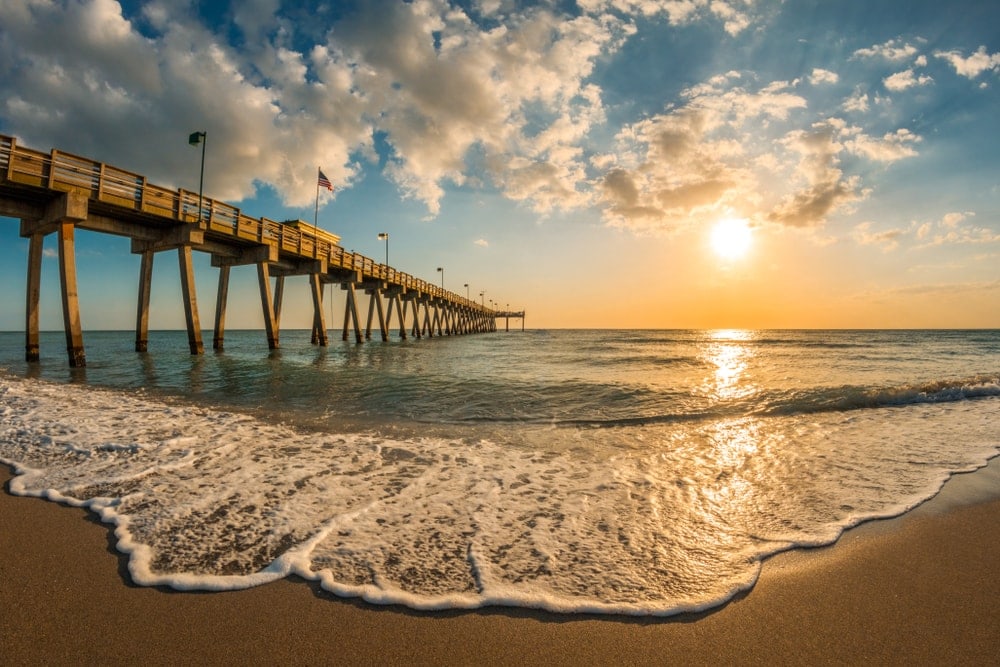
A gulf is a type of very large ocean inlet. Most people would use the term gulf to refer to bodies of water that are larger than a bay, like the Gulf of Mexico, but this usage varies from place to place.
Gulfs are connected to the ocean and they contain saltwater. However, they are normally fairly sheltered by islands and continental landmasses. This can make them an excellent place to have a harbor, which is why you'll often find large concentrations of cities along major gulfs.
However, the fact that some gulfs are also fairly cut-off from major ocean currents can exacerbate local environmental problems. For example, pesticide and fertilizer run-off from agricultural areas to the north of the Mississippi River (which flows into the Gulf of Mexico) have caused a dead zone in the Gulf that's killing off major populations of fish.
19. Harbor
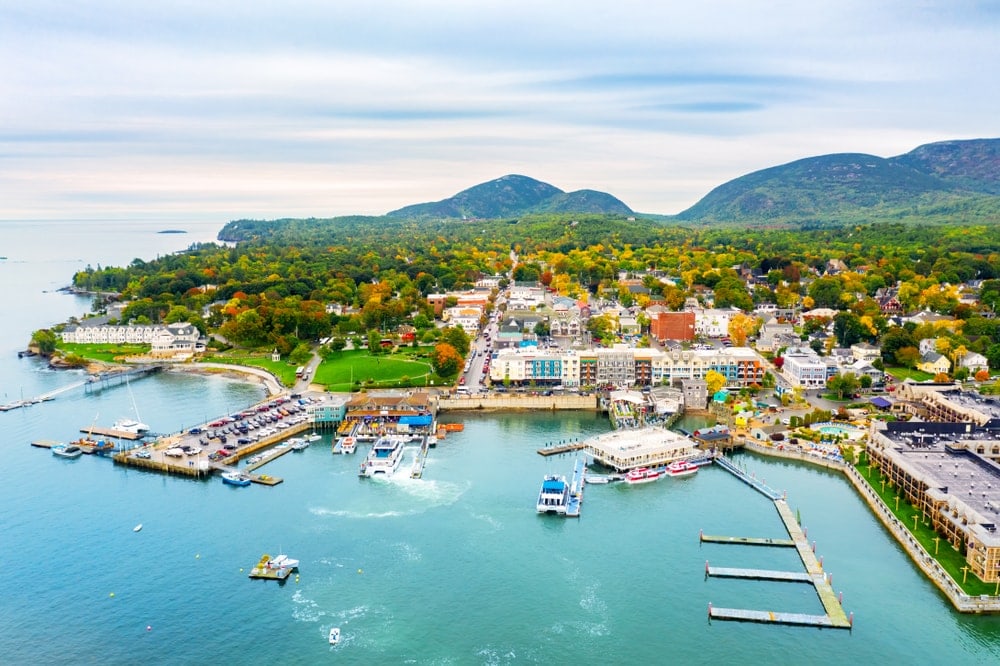
When used in the traditional sense, a harbor is any type of sheltered body of water. Harbors can be either natural, as in the case of inlets that are protected from weather conditions, or artificial, as in the case of harbors that are constructed around major ports.
Harbors have long been important places for the global shipping and maritime industry. Major harbors are purposefully maintained to ensure that they are deep enough for large ships to navigate. They are designed specifically to provide a safe anchorage for vessels, but even the biggest of harbors can be affected by a big storm.
20. Inlet
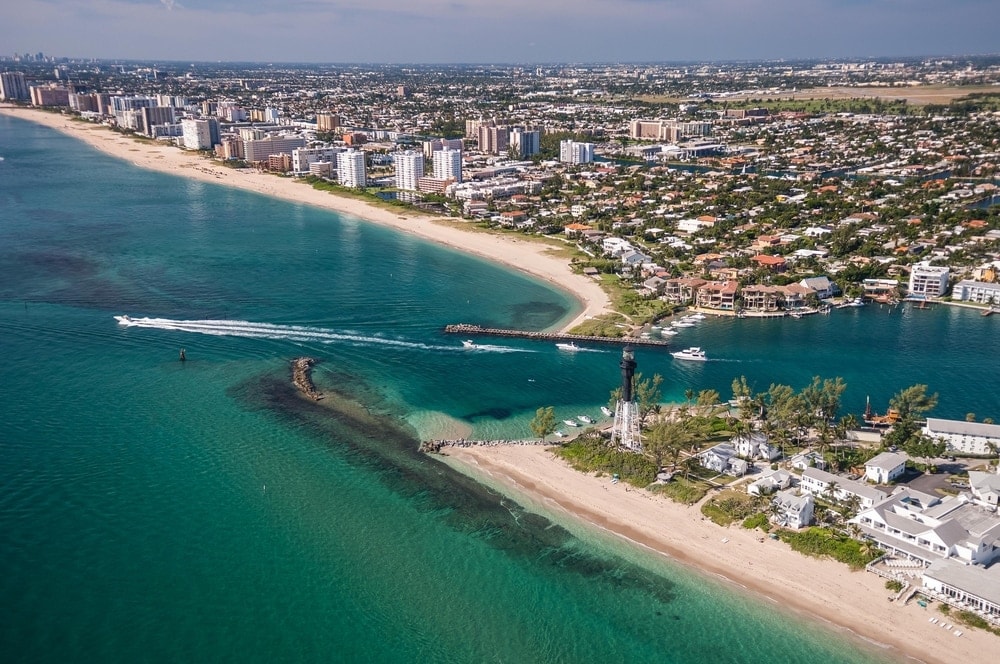
The word "inlet" is a generic term for any connection between two larger bodies of water. It is usually used to refer to a narrow entrance to a bay, harbor, lagoon, or another sheltered area.
Inlets can vary in size with some being just a few miles long. At the same time, there are some very large inlets, such as the Cook Inlet in Alaska, which is about 180 miles (290 km) long and runs down the western edge of the Kenai Peninsula.
Sometimes, complexes of many inlets are collectively referred to as sounds, though this is not the traditional use of the term "sound." Examples of these collective inlets include the Puget Sound off the coast of northern Washington state in the USA and Howe Sound to the northwest of Vancouver, British Columbia.
21. Kettle Lake
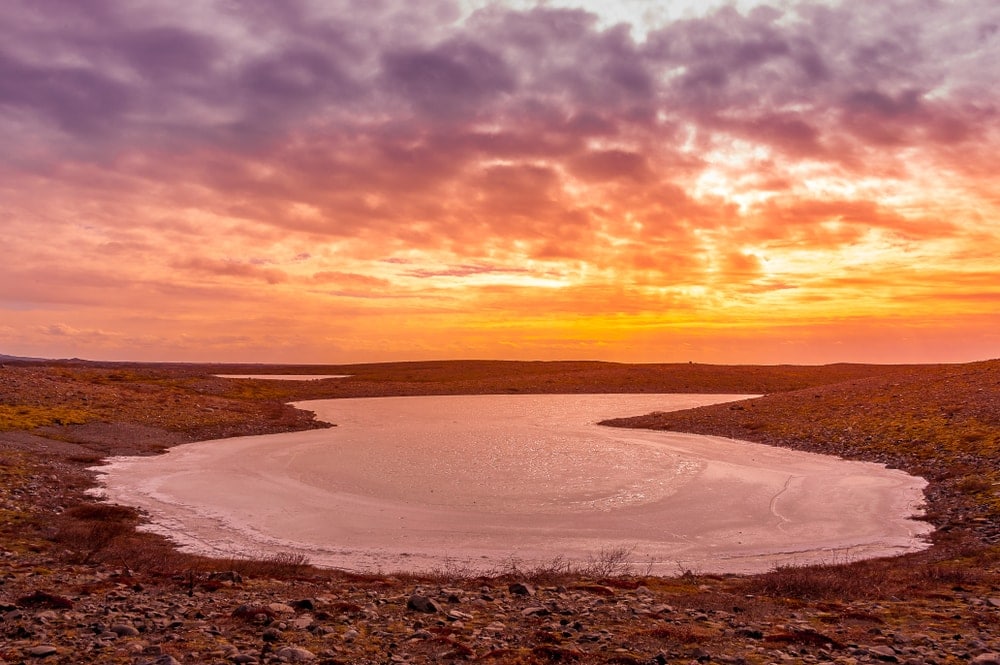
Kettle lakes, which are sometimes referred to simply as kettles, are lakes that form after a glacier recedes.
Sometimes, a receding glacier will leave behind large depressions in the landscape after millennia of eroding away at the landscape. If a large block of ice is left behind by the glacier as it recedes, it may further create a deep pit that can later fill up with water.
Most kettle lakes are quite small and shallow, though they can technically be many miles long. Kettle lakes can form soon after a glacier recedes, so you'll often see them near the foot of large glaciers.
22. Kill
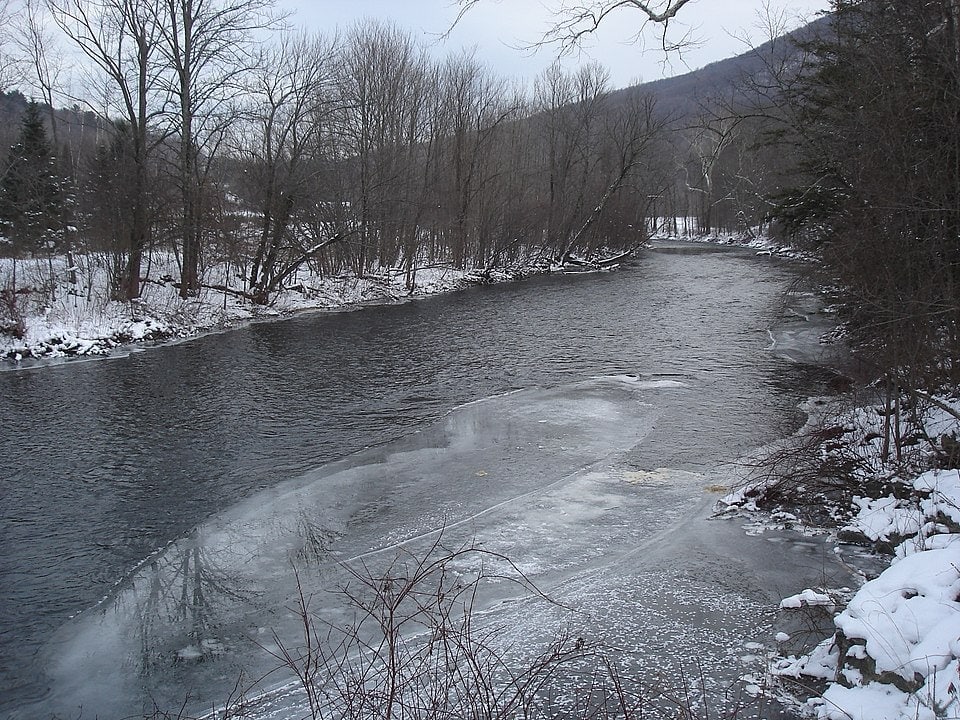
A kill might sound dangerous, but, worry not—it's just a creek. In fact, the word "kill" is a relatively infrequently used term that's used to describe a small river, stream, or creek.
It's believed that the word derives from the Middle Dutch word kille, which meant riverbed or a water channel. Nowadays, the term has more or less fallen out of use except in parts of New York and New Jersey in the United States, which the Dutch had colonized during the eighteenth century.
You'll see the word "kill" used both to refer to creeks and to various towns, such as Peekskill. It's also used in the name of one of New York's famous mountain ranges, the Catskills.
23. Lagoon

Lagoons are technically defined as any body of water that is naturally separated from a larger body of water by a barrier.
These bodies of water are most common in coastal environments where sand bars, coral reefs, and other similar natural barriers can cut off a small body of water from its surroundings.
There are technically two kinds of lagoons out there: atoll lagoons and coastal lagoons.
Atoll lagoons are created whenever an island is completely submerged under the water. When this happens, various types of coral tend to grow up from the submerged island, creating a small lagoon. But, this process can take hundreds of thousands of years to occur.
The other type of lagoon, the coastal lagoon, forms along coastlines. These lagoons tend to be shallower than their atoll cousins and they are usually cut off from the larger ocean by a sandbar, reef, or island.
24. Lake
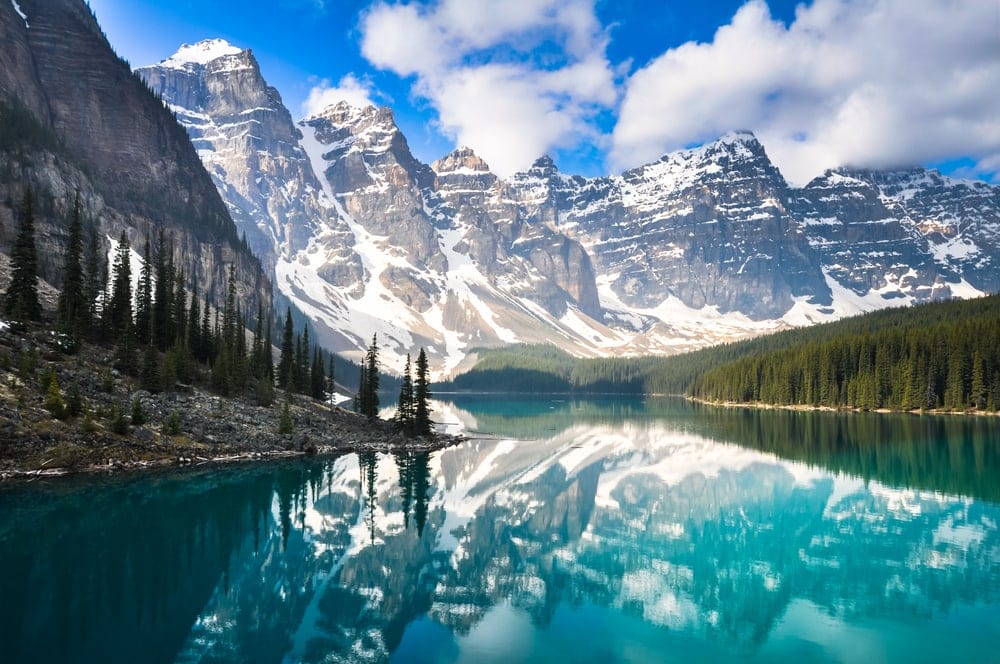
Regardless of where you live in the world, chances are pretty high that you've seen a lake before you in your life.
A lake is defined as any body of surface water. This means that lakes sit—you guessed it—at the surface of the Earth where they collect runoff from local streams and rivers.
While most people think of lakes as freshwater bodies of water, there are plenty of saltwater lakes out there. The Great Salt Lake in Utah is perhaps the most famous of these salt lakes, but there are others, like Mono Lake in California and the Dead Sea (it's actually a lake) along the border of Israel, Jordan, and the West Bank.
Furthermore, while we often think of lakes as fairly small bodies of water, there are some truly massive lakes out there.
The Great Lakes in the United States and Canada are among the largest by total surface area, though Russia's Lake Baikal gives them a run for their money in terms of depth and total volume. Other lakes like Lake Victoria in Uganda, Kenya, and Tanzania, as well as the Great Bear Lake in Canada, are also truly massive.
25. Loch
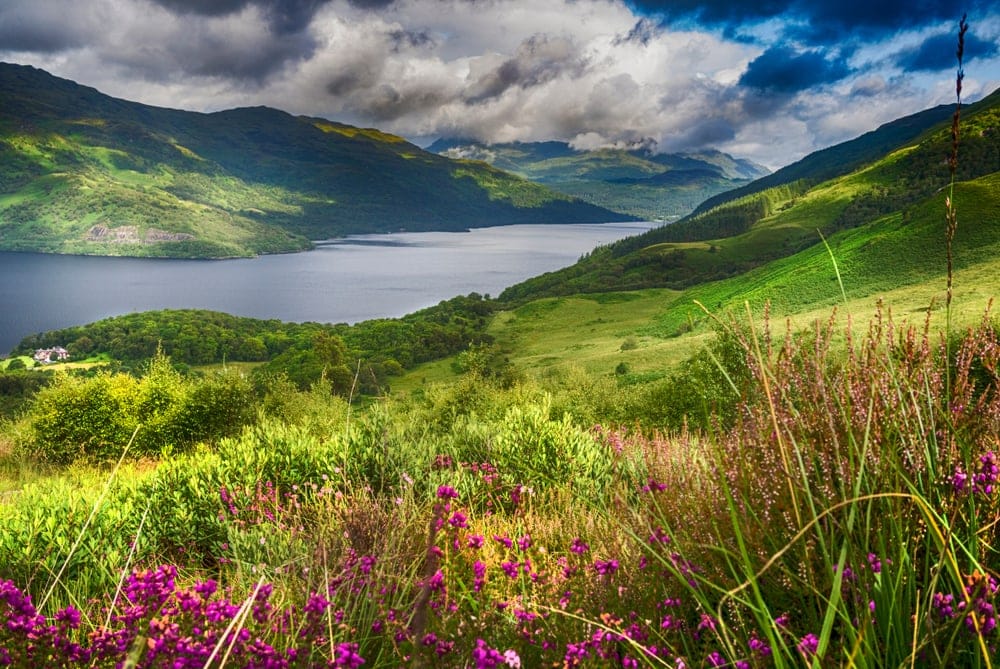
One of the most famous Scottish Gaelic words, a loch is almost always a lake (there are some exceptions, more on that in a bit in our section on sea lochs).
In fact, nearly all of the freshwater bodies of water in Scotland are called lochs, including the stunning Loch Avon and the Loch Ness of Loch Ness Monster fame.
Funnily enough, there is actually one lake in Scotland that's not a loch—Lake Menteith. Lake Menteith is famous for being the only "lake" in Scotland, but it was actually called the Loch of Menteith in the nineteenth century.
26. Marsh
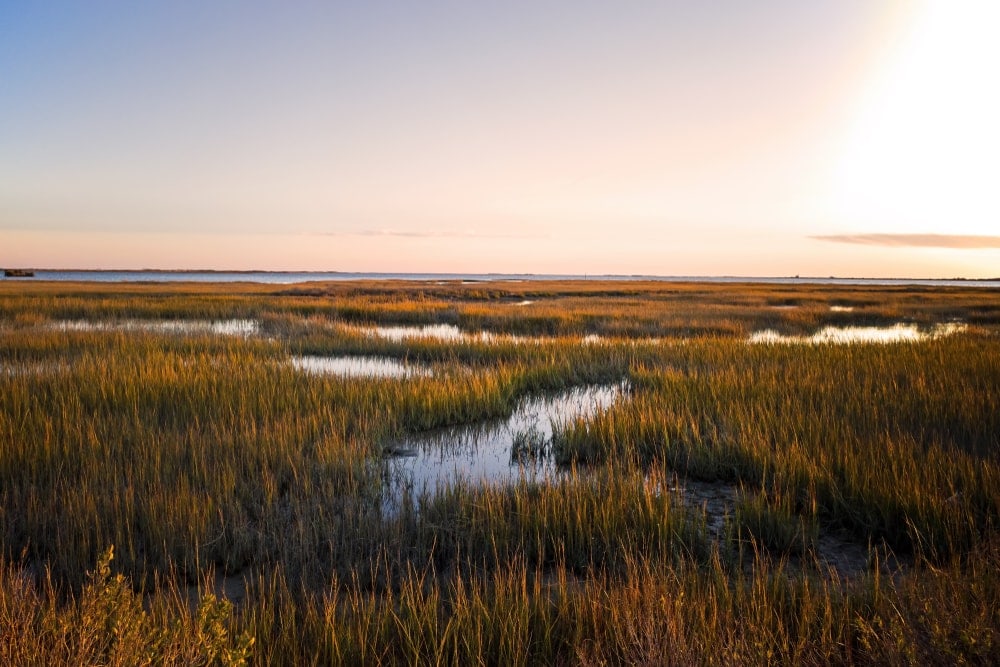
Marshes are a type of wetland ecosystem that contains large concentrations of grasses, sedges, and rushes. These marshes are mostly freshwater habitats that form along the edges of small and shallow lakes and rivers.
While walking through a marsh isn't always very fun, marshes are an important habitat for many species. They are particularly vital habitats for waterfowl, amphibians, and even fish, all of whom find a safe haven in calm marshy waters.
27. Moat
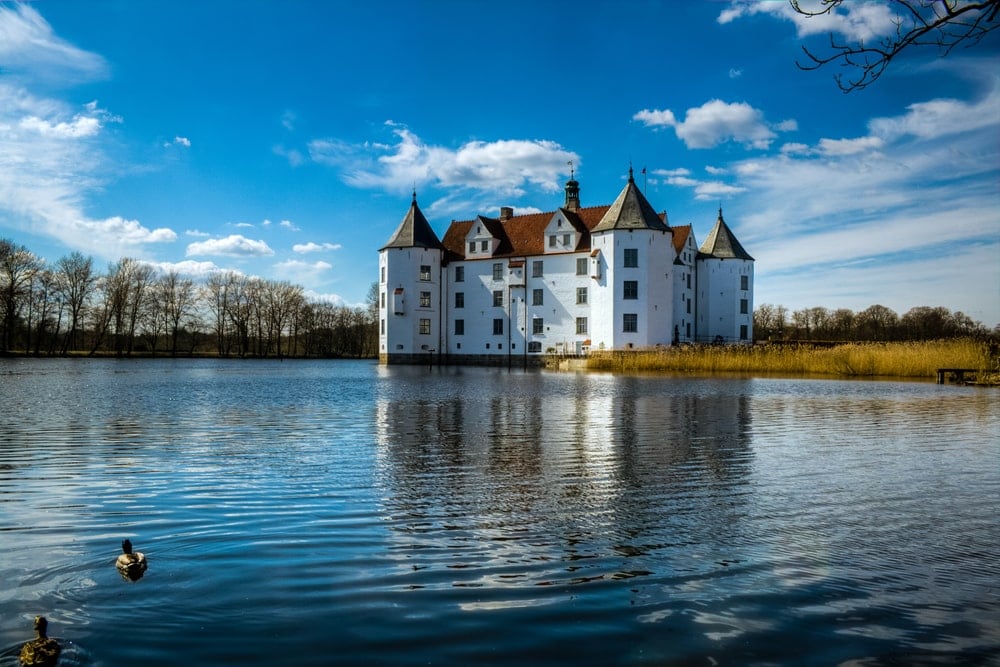
A remnant of a bygone era, a moat is a type of human-created water-filled trench that was traditionally constructed around castles and other fortified areas.
Moats were particularly popular during the Middle Ages as an additional way to protect a castle. However, since the end of the Middle Ages, most of the world's remaining moats are simply ornamental and many now support their own freshwater ecosystems.
28. Ocean
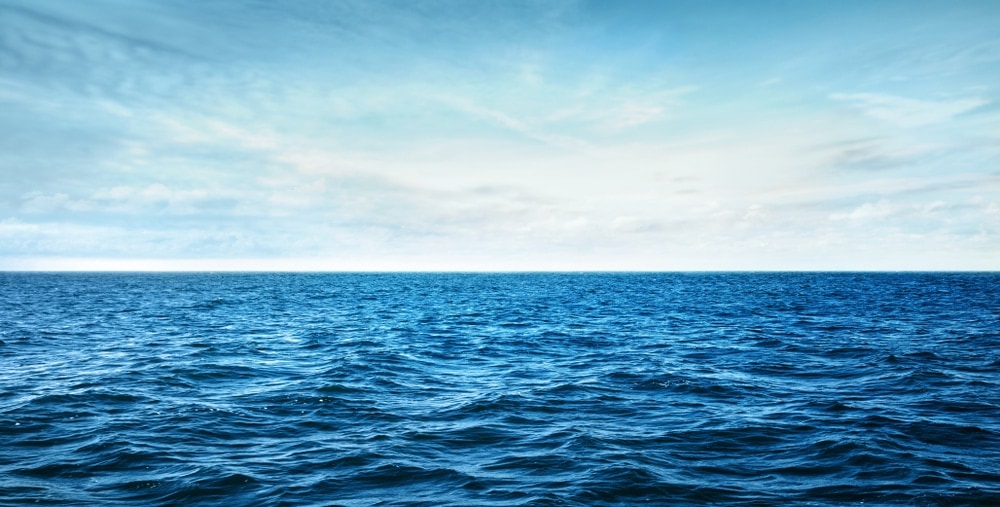
The largest body of water on Earth, oceans are massive collections of saltwater that span approximately 71% of the planet's total surface areas.
Technically speaking, all of the Earth's oceans are connected and there is only one "global ocean." However, for geographic reasons, the Earth's oceans are divided up into a handful of named oceans, including the Pacific, Indian, Atlantic, Arctic, and Southern oceans.
The oceans contain saltwater so, unfortunately, we humans can't drink it. But, many of the world's rivers do flow into the ocean as part of the global water cycle.
29. Oxbow Lake
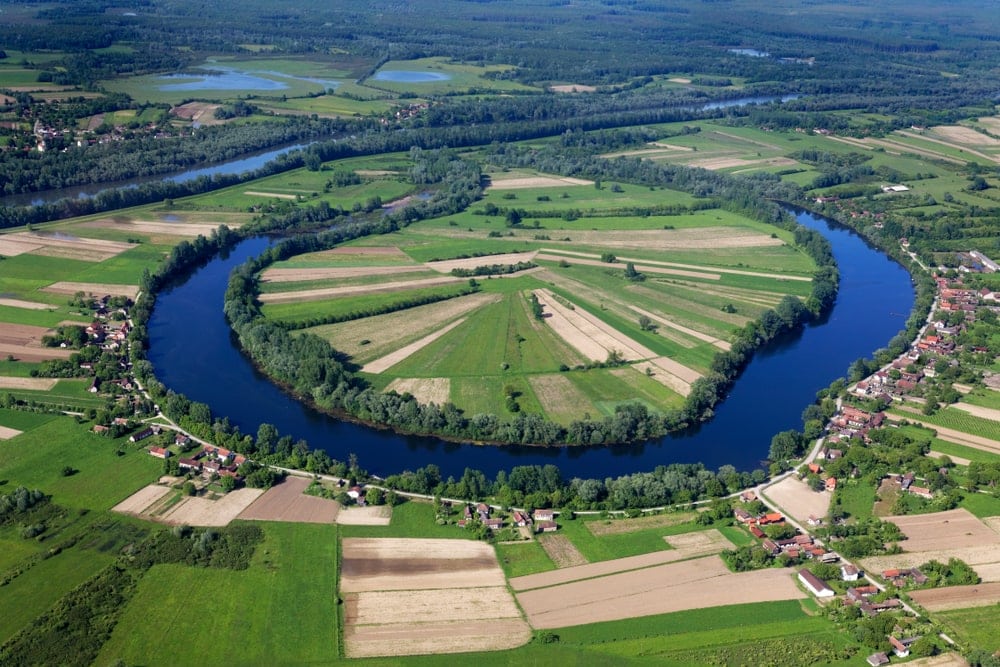
Oxbow lakes are a particularly amazing type of water body because they demonstrate the fact that the Earth's surface is constantly changing. These lakes form over the course of many years due to the ever-shifting banks of a river.
As a river flows, it naturally erodes away at the landscape, creating a meandering path from its source to its outlet. Eventually, very large curves in a river will start to get cut off from the river itself as the water seeks out the path of least resistance.
Over time, the river can completely shift its course away from one of its curves, isolating the curve and creating an oxbow lake.
Since oxbow lakes generally don't have any inlets or outlets, they are home to very still, stagnant water. Many of these lakes will eventually dry up, but they can sometimes become small bogs that support local ecosystems.
30. Pond
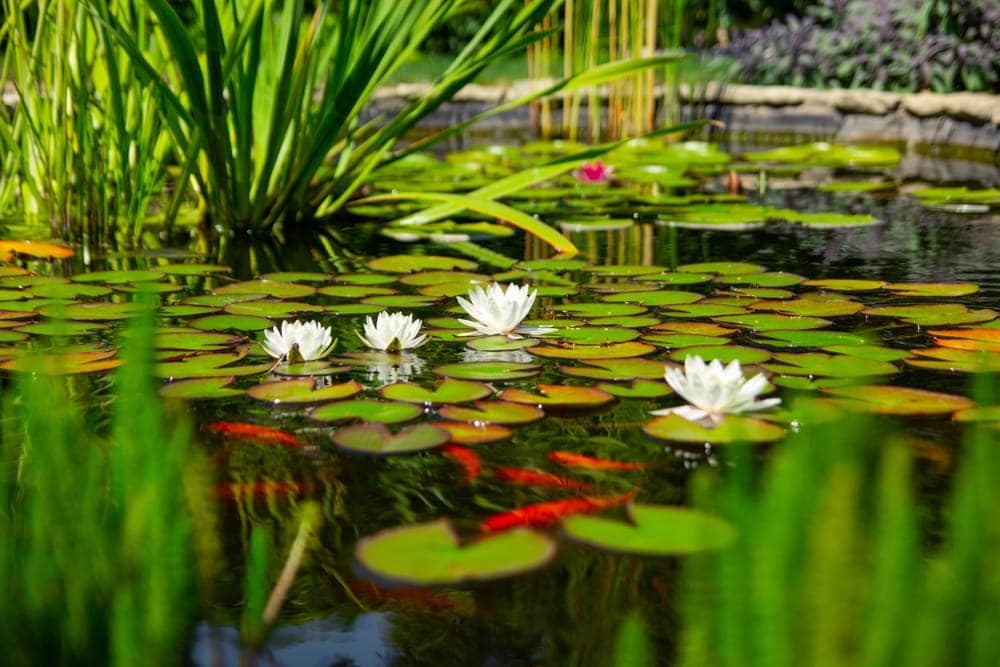
A pond is traditionally a small body of still freshwater. While there is no technical definition of a pond, most people would agree that a pond is smaller than a lake; however, you will find some relatively large bodies of water that are called ponds in certain parts of the world.
Although small ponds may appear insignificant to us, though, they actually play a crucial role in many ecosystems as they support amphibians, like frogs and salamanders. Human-made ponds are also quite common, particularly as landscaping features.
31. Puddle
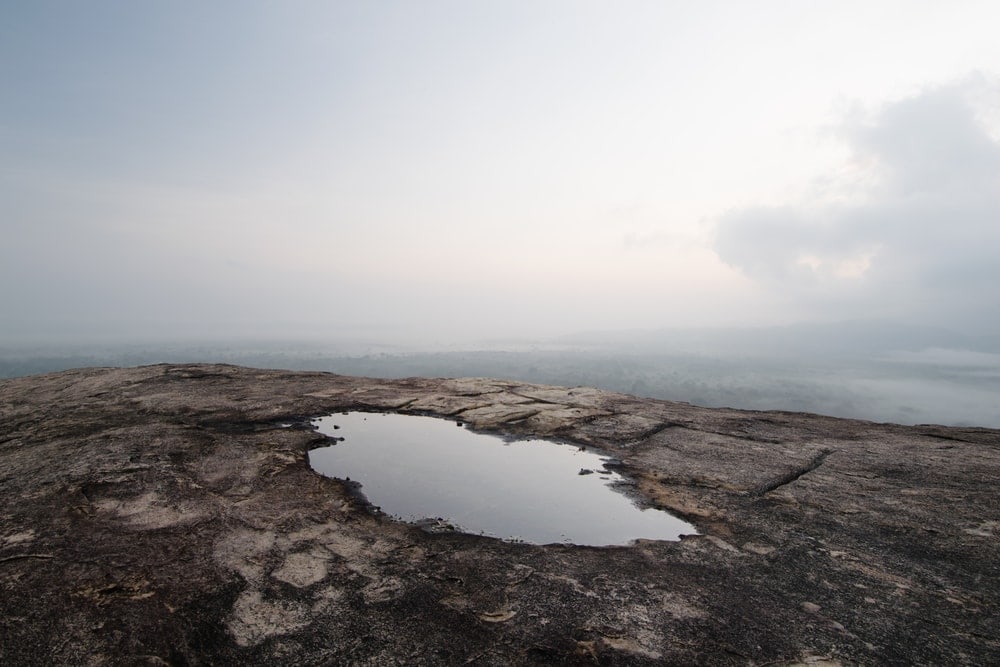
Puddles are typically very small pools of muddy water. They are usually no more than a few feet wide and they typically form after a period of heavy rain or during the spring snowmelt.
But, the term puddle is used very loosely in English, so there's no technical definition of what a puddle is in a geographical context. Nevertheless, most people would use the word puddle to denote a body of water that's substantially smaller than a pond.
32. Reservoir
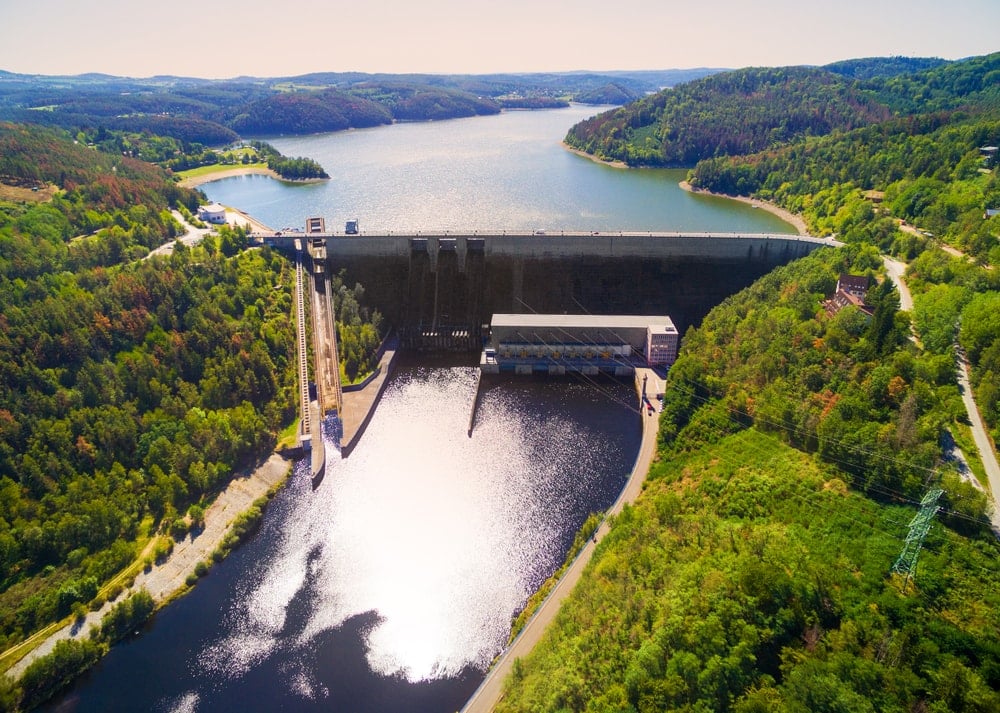
A reservoir is a type of human-created lake. They are most commonly found in areas with hydroelectric dams, which are designed to dam up the outflow of a river, creating a reservoir upstream.
While reservoirs are often thought of as a relatively recent invention, humans have been creating them for millennia. Most ancient reservoirs were created to supply water for irrigation and drinking water—exactly what we use them for today.
33. River
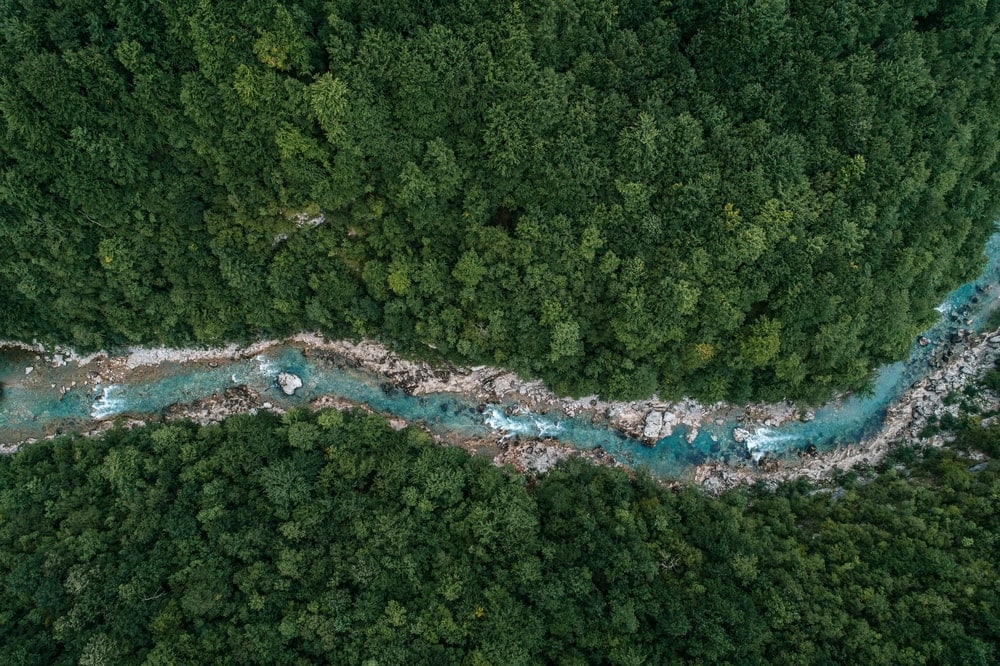
Rivers are bodies of water that flow downhill from a source to an outlet by the force of gravity. Even though there is no technical distinction between a river, stream, and creek, most people think of rivers as the largest of the three.
There are thousands of rivers on Earth today, many of which are no more than a few dozen or a hundred miles long. But, the world's longest rivers, which include the Nile, Amazon, and Yangtze, are many thousands of miles long.
34. Sea
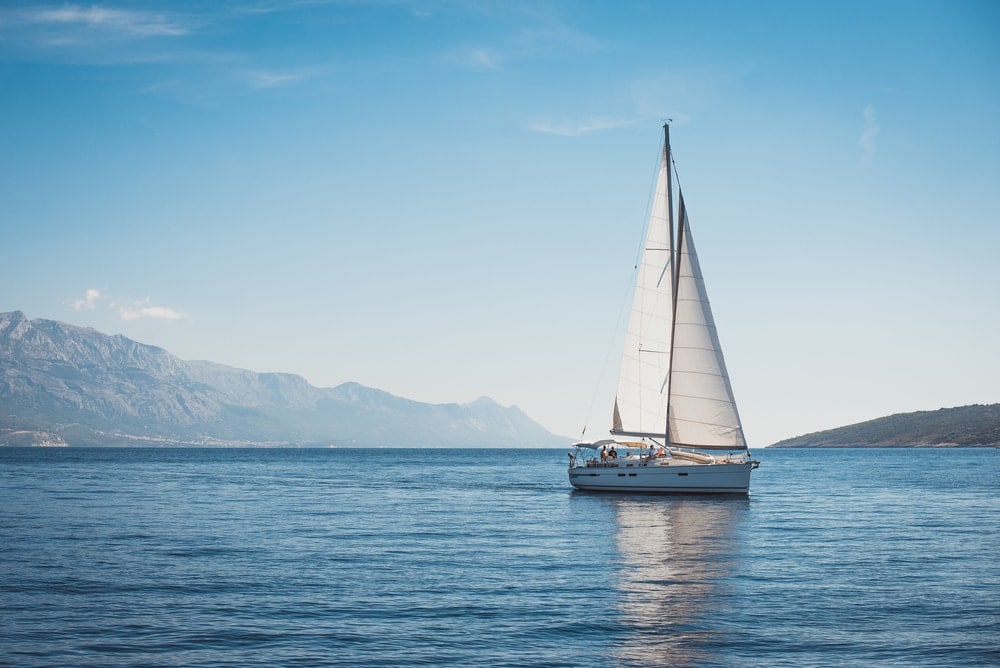
While you've likely heard of the seven seas, it turns out that there are actually more than 50 seas on the planet Earth.
What exactly is a sea, you might ask? Well, a sea is generally defined as a part of the ocean that is at least partially bordered by land. While there is no very clear-cut definition between a sea and an ocean, seas are much smaller.
While there are some seas, like the Caspian Sea, that are completely landlocked, many have poorly defined boundaries, like the Chukchi Sea. Meanwhile, others, like the Mediterranean Sea, are almost completely surrounded by land and, as such, are quite easy to define.
35. Sea Loch

We've already mentioned what a loch is so we won't rehash those details here. But, we should mention that there are some lochs that are not freshwater lakes. Rather, some lochs are what's known as sea lochs, which are essentially tidal inlets.
There are many sea lochs in Scotland, most of which are located along the western coast of the island. Some of the most famous sea lochs include Loch Nevis, Loch Fyne, and Loch Eil.
Sea lochs are particularly important for marine life as they provide shelter from the open ocean. In fact, the very still water in sea lochs somewhat mimics the depths of the ocean, which makes it possible for relatively rare species to flourish in these bodies of water.
36. Sound
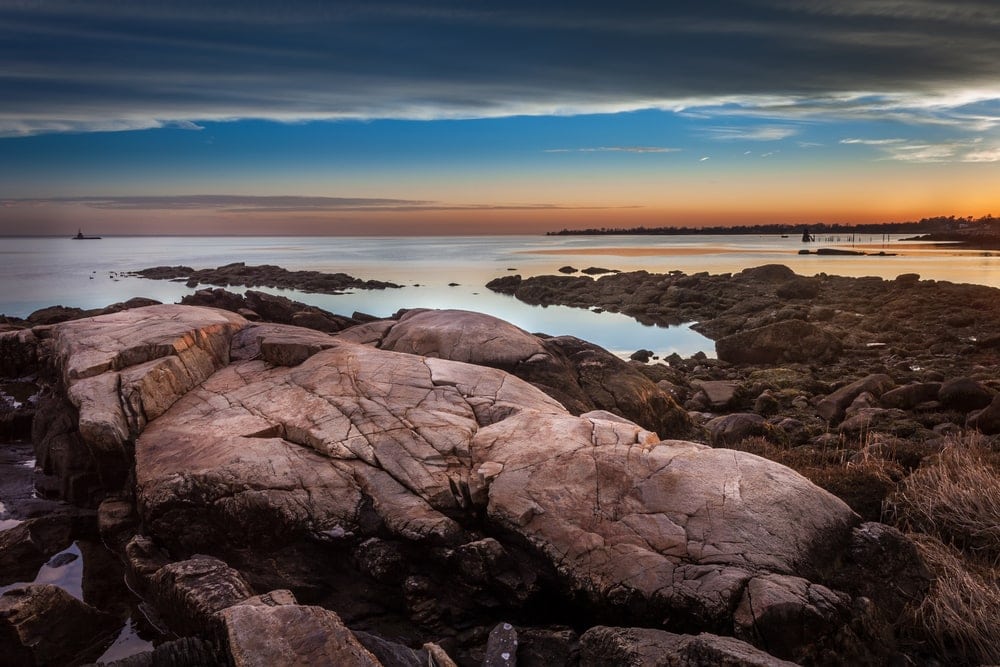
A sound is effectively a large ocean inlet. Sounds are more or less the same thing as a bay, but usually on a smaller scale. However, the use of the word "sound" in geography is highly inconsistent and you can find various usages of the term on official maps.
Arguably the most famous sound is the Long Island Sound, which is located between Long Island, New York and Connecticut in the United States. Other notable sounds include Plymouth Sound in Massachusetts and Scoresby Sound (technically Scoresby Sund) in Greenland.
37. Spring
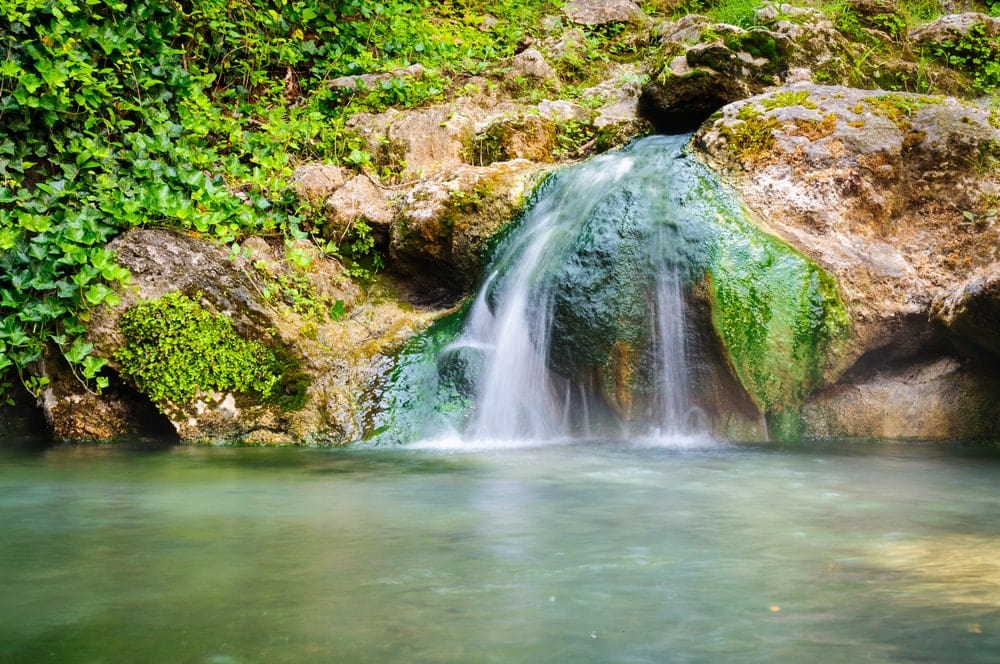
Springs are a funky type of water body that forms when water from an aquifer or another type of groundwater bubbles its way up to the surface of the earth. This often happens in valleys, but you can find them pretty much anywhere.
These springs can vary greatly in size. Some are the size of small puddles while others look much more like a large lake. Meanwhile, some springs are seasonal, so be cautious when relying on them for water while backpacking.
38. Strait
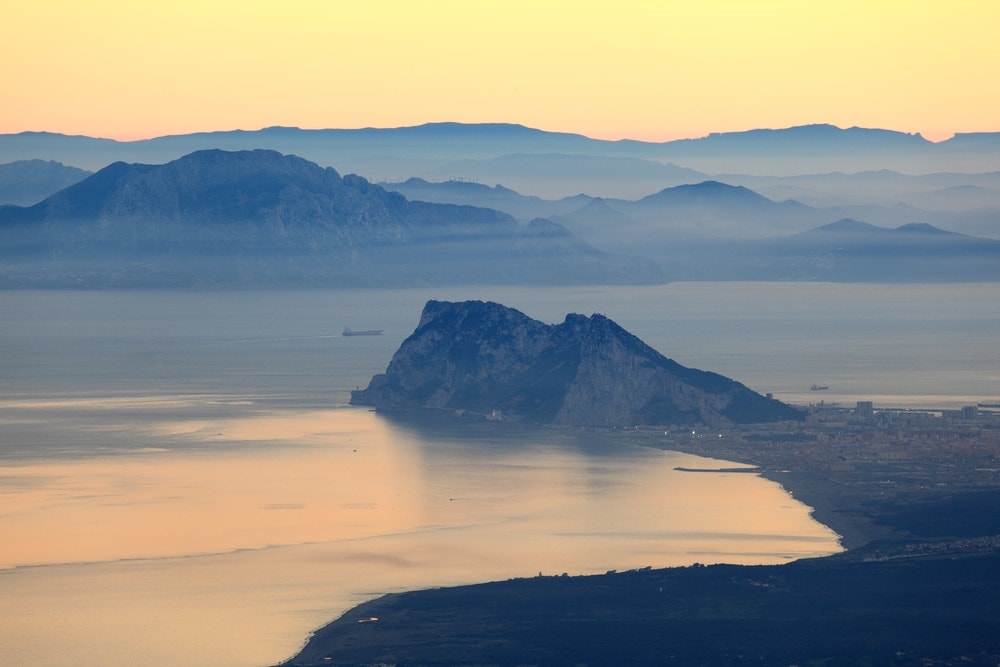
A strait is a generic term that's used to describe any naturally-formed narrow body of water that forms a connection between two other bigger bodies of water. Various other types of bodies of water, such as channels, are also technically straits.
Many people use the word strait to refer to larger channels, like the Denmark Strait between Iceland and Greenland. But there are also smaller straits like the Strait of Gibraltar, which is just 8.1 miles (13 km) wide at its narrowest point.
Straits have long been important both to sailors and to geopolitical entities. Since straits are often one of the few entryways into a body of water, control of a strait gives a country great strategic importance, particularly when it comes to dominance in the local shipping industry.
39. Stream
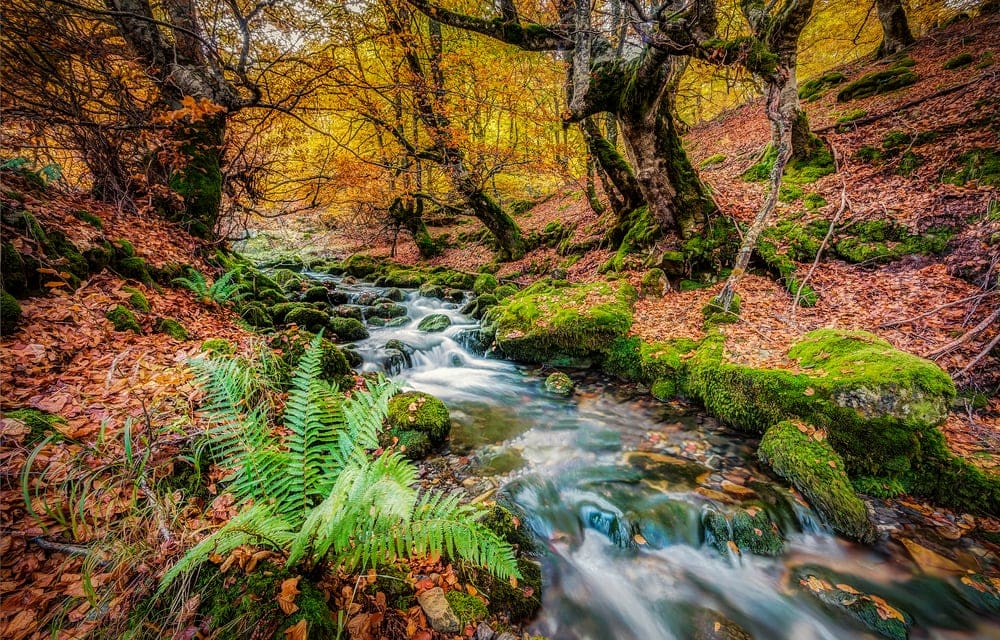
Simply put, a stream is any flowing body of water along the Earth's surface. We often use the word "stream" to refer to smaller rivers, though this usage varies across the world.
There's technically no difference between a river and a stream, but some would argue that streams flow into rivers. The best option in these situations is to call a body of water by whatever name you find on a map. But, again, there's no correct answer to the river vs stream debate either way.
40. Subglacial Lake
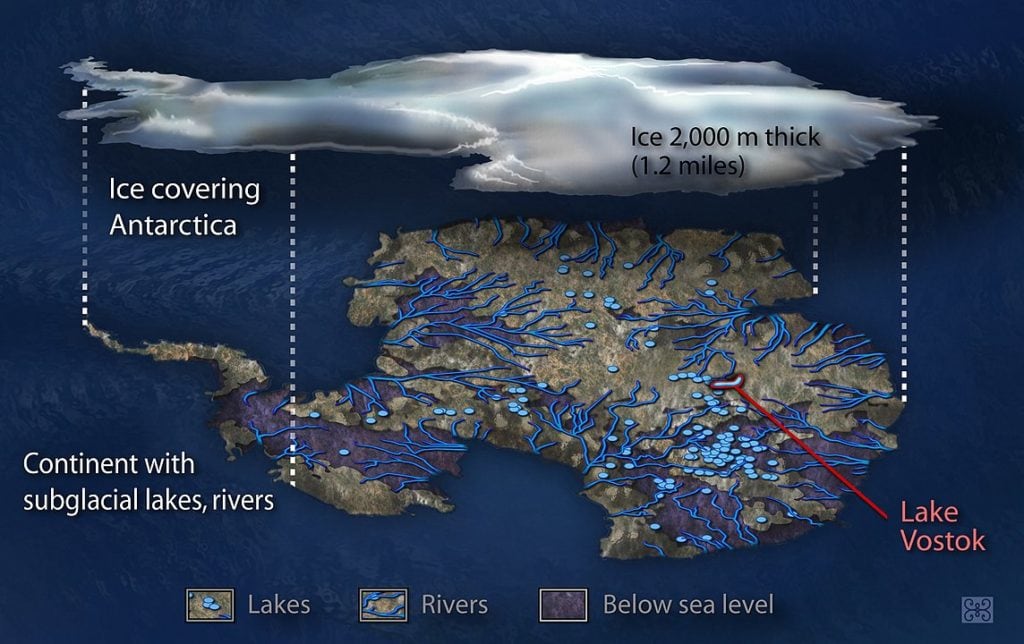
One of the more unique bodies of water on our list, subglacial lakes are lakes that form under ice sheets or glaciers. Although it might seem impossible for liquid water to exist under a massive sheet of ice, there are a few hundred subglacial lakes in Antarctica alone.
It turns out that the pressure of vast ice sheets eventually melts a thin layer of ice at the Earth's surface under the ice sheet itself. Over millennia, this melted water accumulates to create a subglacial lake.
By far the most famous subglacial lake is Lake Vostok, which is believed to be about 13,100 feet (4,000 m) below the surface of the Antarctic ice sheet. There are also subglacial lakes under the Greenland ice sheet and the Vatanajökull ice cap in Iceland.
41. Swamp
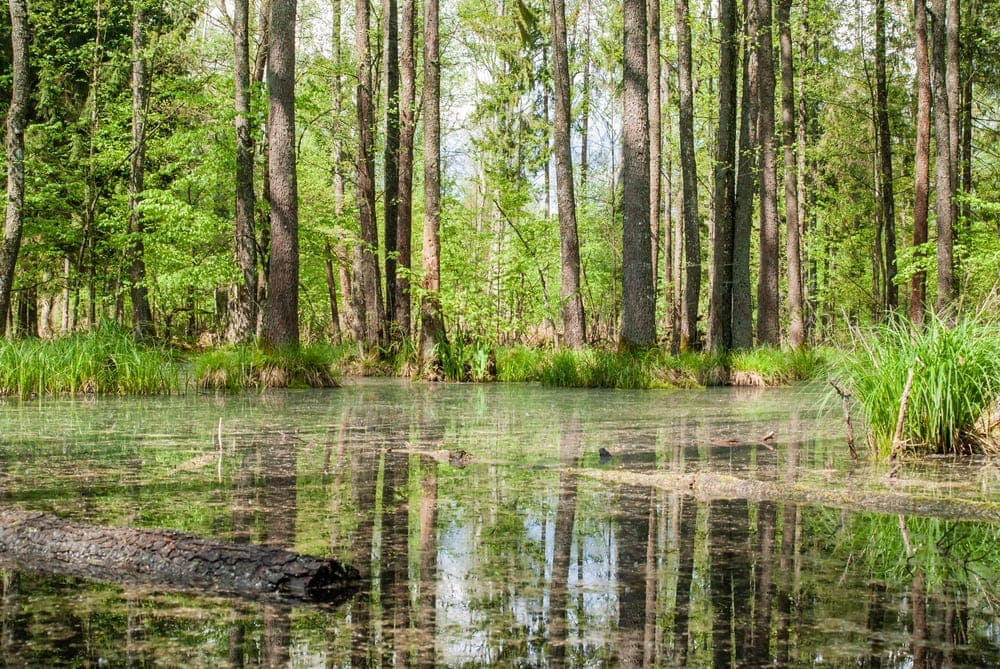
A type of wetland, swamps are areas that are permanently filled with water. Both freshwater and saltwater swamps exist, but both support distinct ecosystems.
Most swamps are home to dense concentrations of trees, which makes them the perfect habitat for a wide range of species. You can actually find swamps on every continent except for Antarctica, so there's a lot of diversity out there in terms of individual ecosystems.
That being said, swamps are most common in warm, humid areas where standing water is the norm. For example, Florida's Everglades is one of the largest swamps in the United States.
Do keep in mind, though, that the standing water and humid conditions of swamps make them the perfect breeding ground for biting insects. This is particularly important to remember when traveling or camping near areas where mosquito-borne diseases like Yellow Fever, Zika, and malaria are common as special precautions are necessary to protect yourself from illness in these regions.
42. Tarn
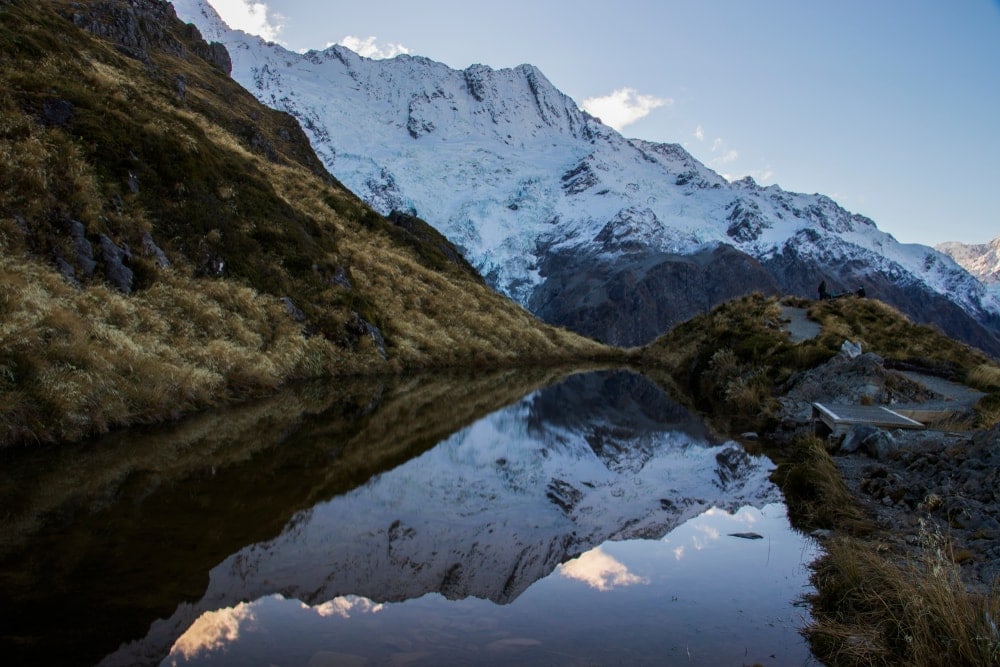
Boasting glistening blue waters, tarns are small, alpine lakes. Unlike regular alpine lakes, though, tarns form in glacially-carved cirques and they're often bounded on multiple sides by glacial moraines.
Since many tarns are filled with finely ground glacial sediment, they tend to create beautiful colors in bright sunlight. The sediment that's suspended in the lakes often refracts the sun's rays, providing stunning landscapes in the mountains.
43. Tide Pool
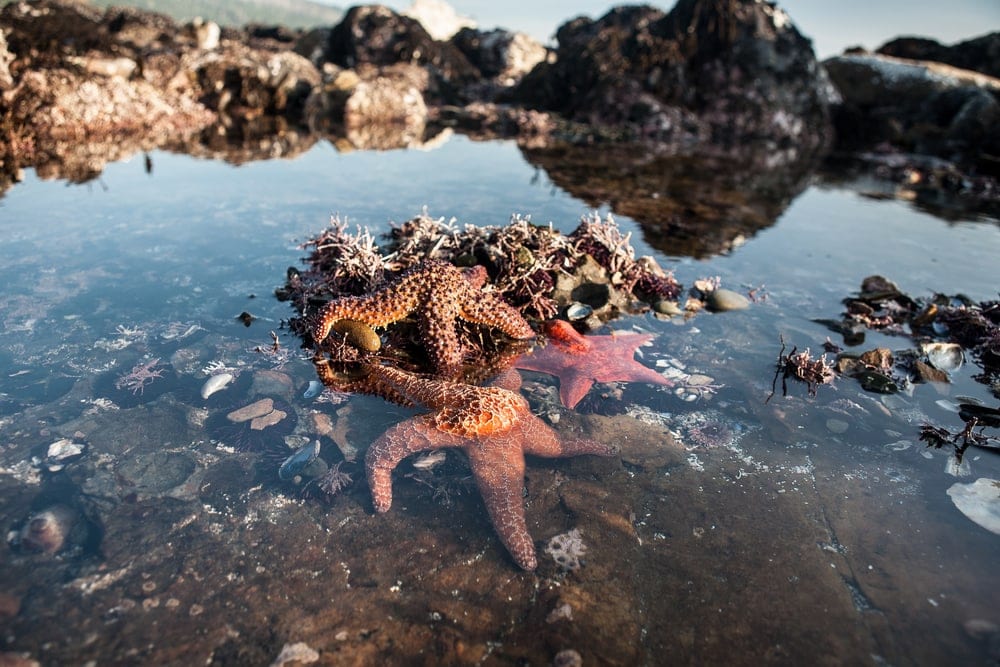
Tide pools are very small, isolated areas of seawater that form in the intertidal zone of a coastline. These pools form whenever the ocean retreats at low tide, trapping some pools of water in various depressions along the rocky beach.
As tide pools only form during periods of low tide, you'll want to time your visit accordingly if you're interested in checking one out.
Tide pools are usually hubs for biodiversity as they support an array of wildlife such as sea stars, crustaceans, small fish, and snails that don't quite make their way back into the ocean during low tide.
44. Tributary
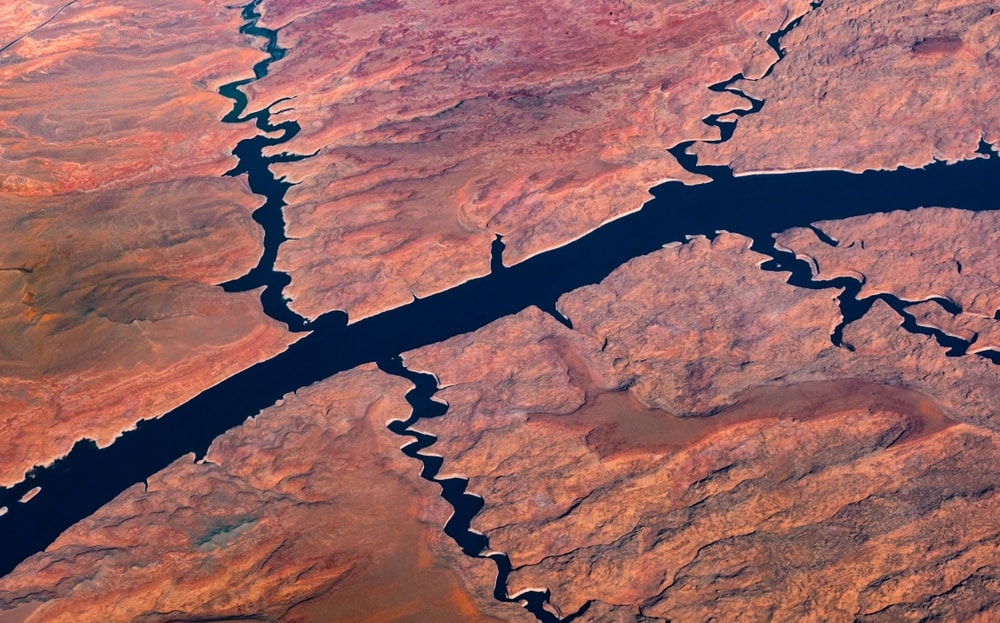
Found on all of the world's major rivers, a tributary is any stream that feeds into a larger creek, river, or stream.
Tributaries are filled with freshwater, and they supply the mainstem of the river with water as they flow toward their outlet. The majority of the world's large rivers have dozens, if not hundreds of smaller tributaries that drain a different watershed.
For example, Asia's Euphrates River has hundreds of tiny tributaries that feed it over the course of its more than 1,600 mile (2,700 km) flow. These tributaries start in the mountains of Turkey but many more feed into the river before it empties out into the Persian Gulf.
45. Vernal Pool

A type of wetland, vernal pools are seasonal bodies of water that often form in areas with a Mediterranean climate. They are very common in the western United States where water tends to collect in shallow depressions along the Earth's surface after the seasonal spring snowmelt.
Oftentimes, these vernal pools will give way to beautiful spring wildflowers after most of the water has evaporated away. But, be careful when traversing these vernal pools as they can be surprisingly deep and you can end up with a boot full of water!
46. Wadi & Wash
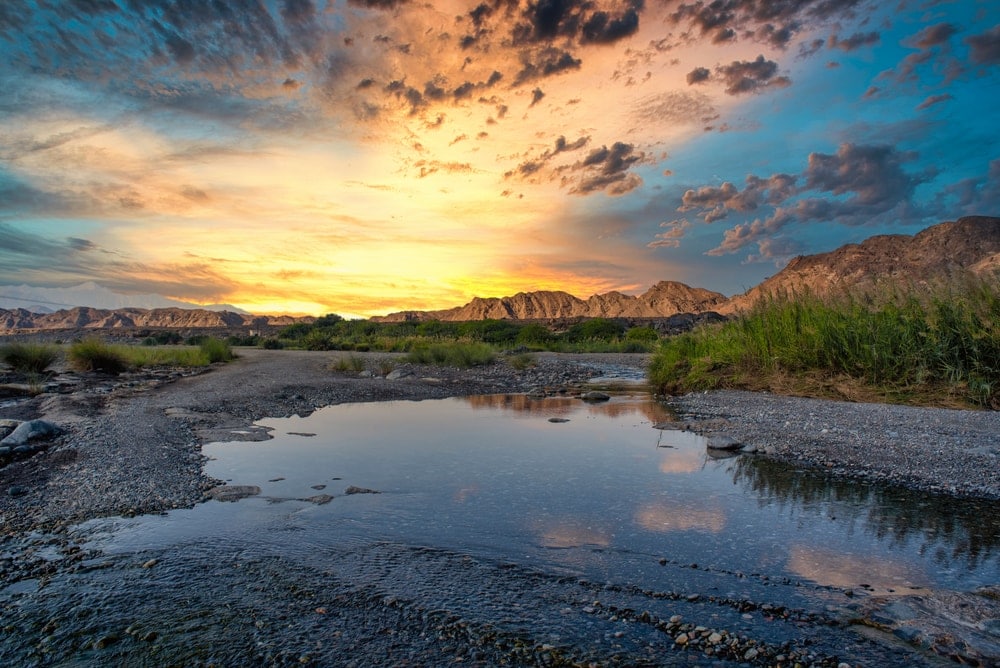
Also called an arroyo, wadis and washes are simply another type of intermittent creek. Washes and wadis usually dry up after extended periods of drought, leaving behind a sandy creek bed.
The term "wash" is more common on a global scale, though the word "wadi" is much more prevalent in northern Africa. However, the term wadi can be used to refer to a number of different types of bodies of water, so things can get a bit confusing when we talk about wadis on a more general scale.
47. Wetland
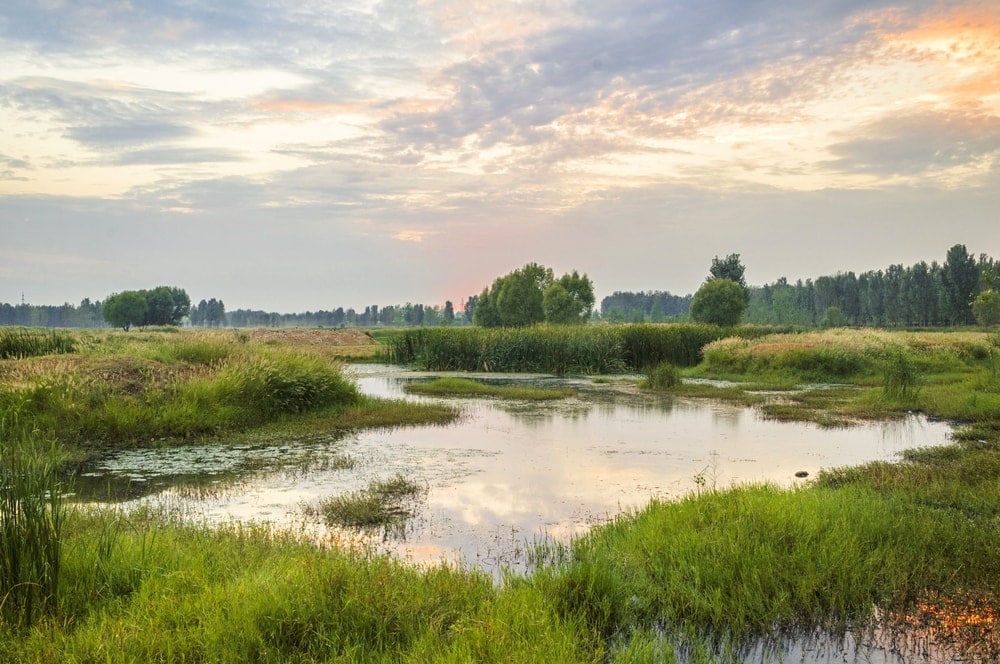
A wetland is a unique type of water body where standing water covers large areas of the local soil for all or most of the year.
While wetlands may not be what most of us think of when we picture a body of water, they can be quite large. Furthermore, wetlands can often support aquatic animals, such as fish, so they can certainly be classified as bodies of water.
There are both inland and tidal wetlands. As the name suggests, inland wetlands are found away from coastal environments, usually along the floodplain of a river or stream. But, they can also be found in isolated areas, such as a valley.
Meanwhile, tidal wetlands are found in coastal areas. Many are connected to estuaries, which makes them hotspots for biodiversity. Some of these wetlands are also called marshes depending on their specific characteristics.
- You May Also Like: The Different Types of Landforms: Infographic, Pictures and Examples
Bodies Of Water Fun Facts
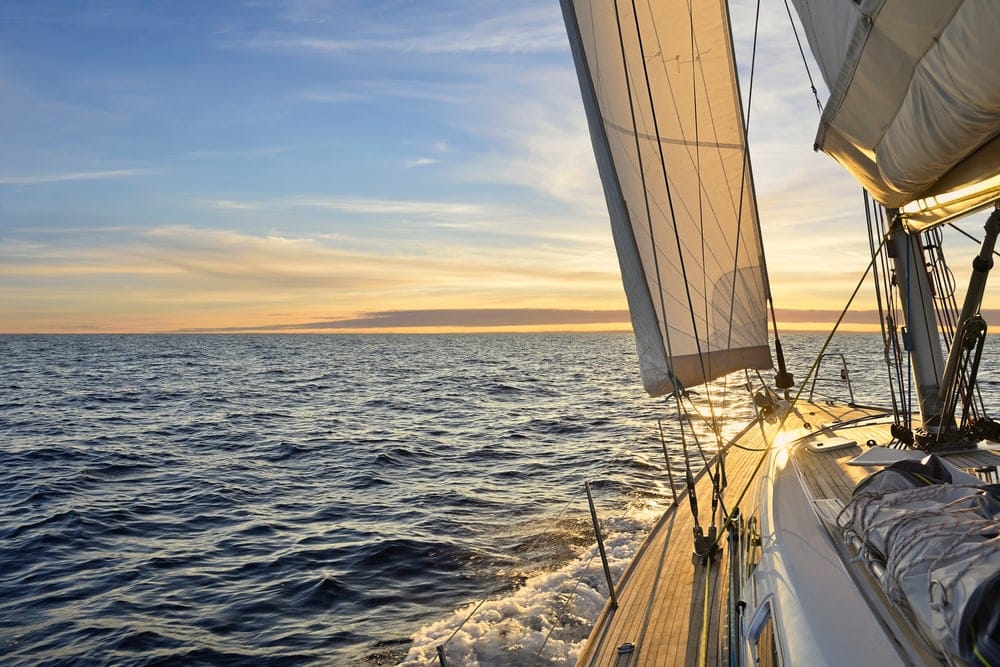
Fancy yourself as a geographer? Here are some superb fun facts about the different bodies of water on Earth that you can use to impress your friends and family:
1|The Sargasso Sea Is The Only Sea That Doesn't Have A Land Boundary
While most seas are located close to land, the Sargasso Sea is one exception to that rule. In fact, the Sargasso Sea is defined only by its surrounding ocean currents within the greater North Atlantic Subtropical Gyre.
This might sound like a bunch of technical jargon, but, the sea is bounded to the west by the Gulf Stream, to the north by the North Atlantic Current, to the south by the North Atlantic Equatorial Current, and to the east by the Canary Current. Who knew?
2|Lake Baikal Is The Deepest Lake In The World
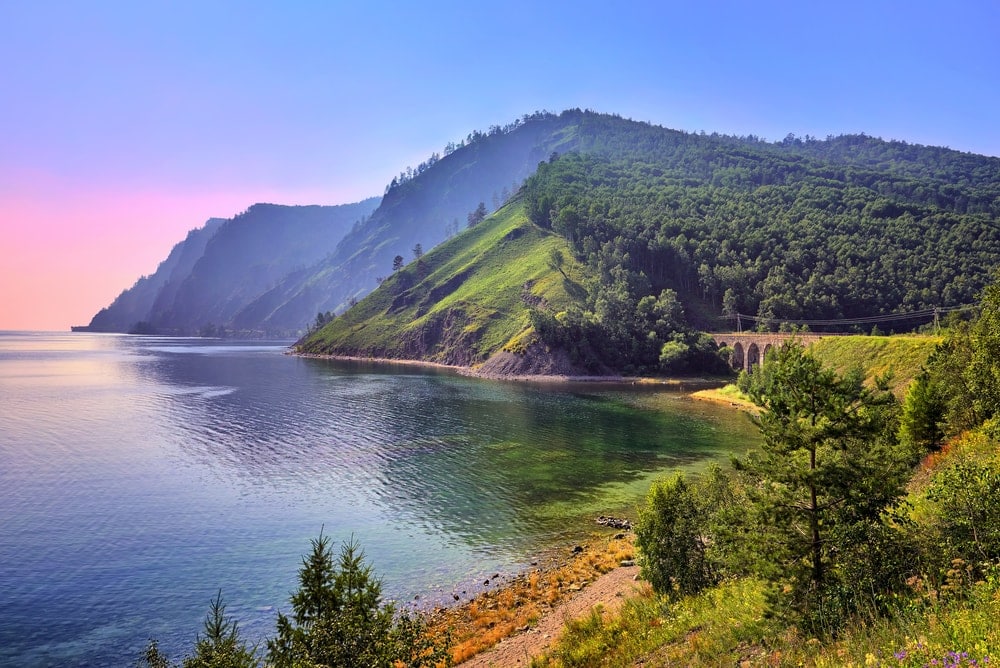
While we don't often think of lakes as being particularly deep, Lake Baikal in Siberia is the deepest lake in the world at a depth of more than 5,500 ft (1,700 m). The lake is also considered to be the oldest in the world with an age of 25 million years.
Oh, and if that's not enough, it's the largest lake by total volume as it contains approximately 20% of the world's freshwater that's not trapped in ice.
3|The Nile Is The World's Longest River
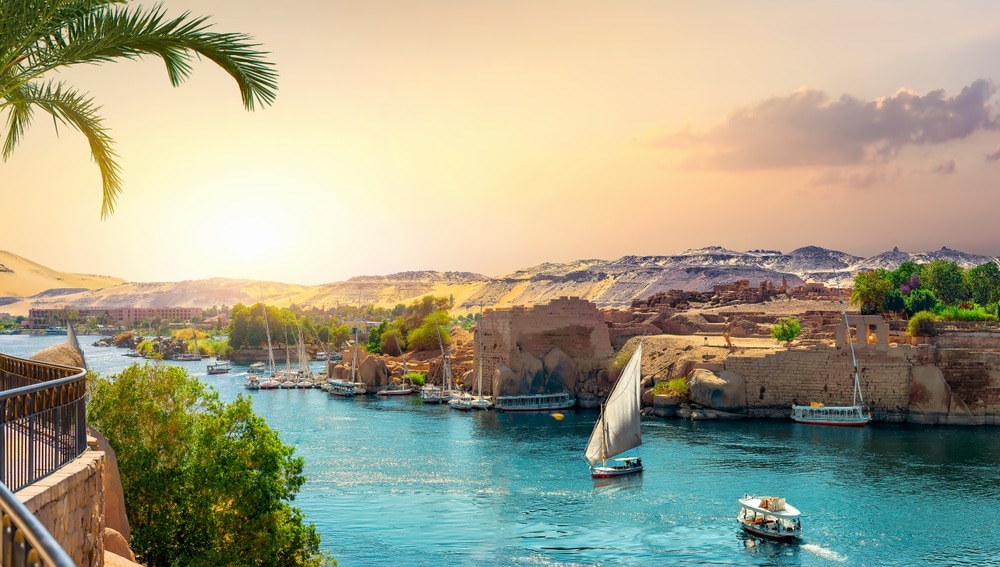
It's a tough competition, but the Nile River is the world's longest river. It has a total length of 4,132 miles (6,649 km), which makes it ever so slightly longer than the Amazon in South America and the Yangtze in China. However, there is some dispute among scientists as to whether the Amazon is actually longer than the Nile.
4|The Gulf Of Mexico Is The Largest Gulf In Terms Of Total Coastline
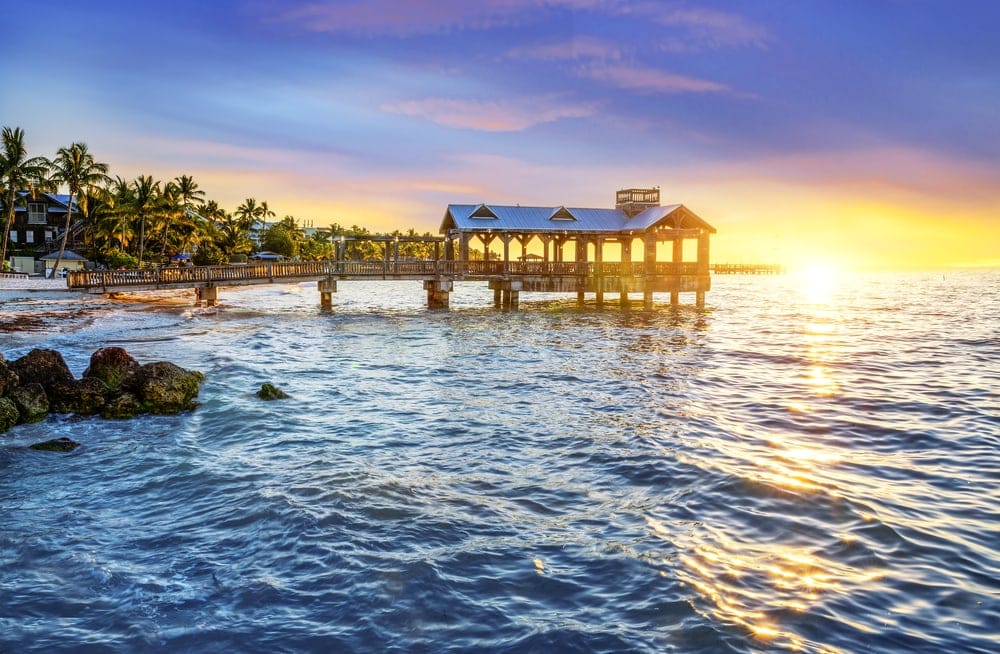
While there are many ways to measure the size of a gulf, the Gulf of Mexico is the largest in terms of total coastline. With a coastline of about 3,100 miles (5,000 km), the Gulf of Mexico is bordered by the US, Mexico, and Cuba.
5|Most Of The World's Freshwater Is Trapped In Ice
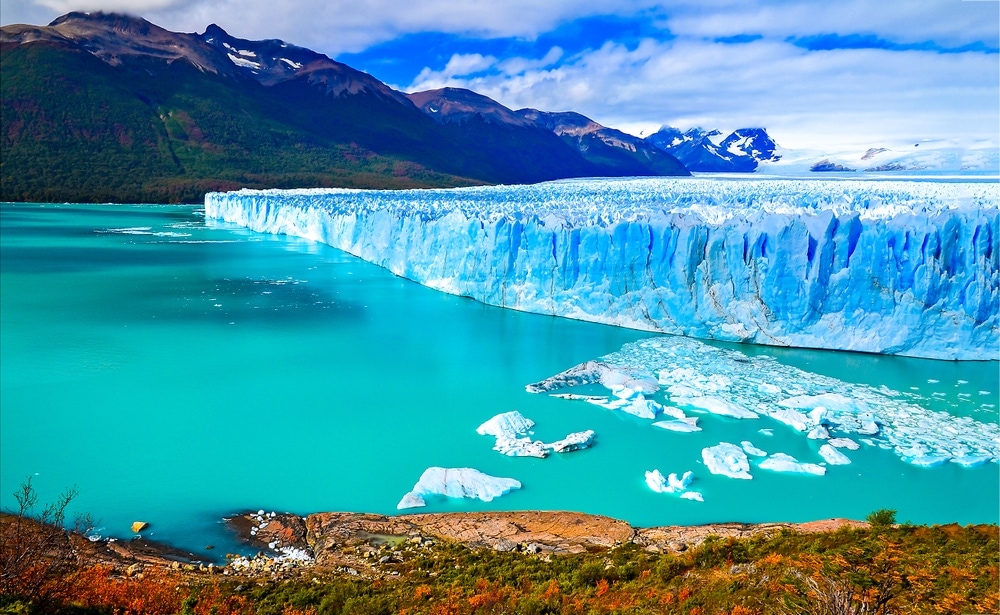
According to the USGS, approximately 68.7% of the world's freshwater is stored inside glaciers, ice sheets, and ice caps. Additionally, approximately 30.1% of the planet's freshwater is groundwater, such as aquifers. That means just 1.2% of all freshwater is surface water, such as the lakes and rivers that dot the landscape.
- You May Also Like: All The Different Types of Clouds: Chart, Names and Pictures
FAQs
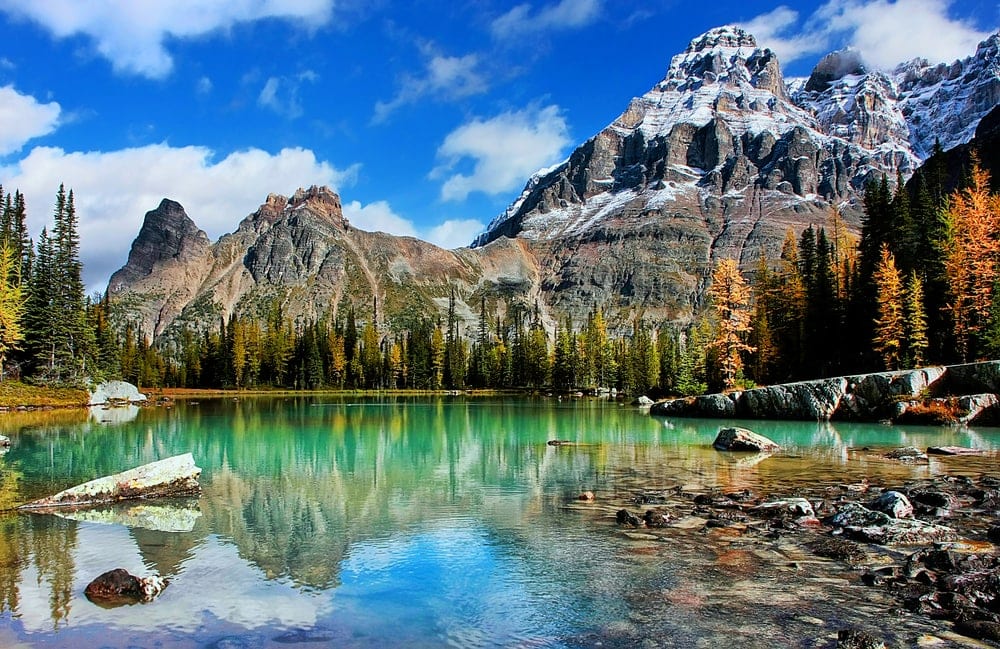
Here are our answers to some of your most commonly asked questions about the different types of bodies of water:
What Is A Body Of Water?
A body of water, which is sometimes called a water body, is any collection of water. We generally use this term to refer to relatively large collections of water, like oceans, lakes, rivers, and streams.
Some people will also use the term body of water to refer to a small collection of water held by a plant. However, this is more technically called a phytotelma, and the term "body of water" is usually reserved for geographic features.
How Do We Classify Bodies Of Water?
Unlike animals and plants, bodies of water aren't classified into taxonomic levels. Since people around the world use different terms to refer to different types of bodies of water, trying to create some sort of hierarchical structure of all water bodies isn't really possible.
Therefore, hydrologists and other people who study water bodies try to classify bodies of water bases on their various shapes and characteristics.
What's The Difference Between Rivers And Streams?
There's no technical difference between a river and a stream. However, most people will use the word "river" to refer to larger bodies of flowing water while streams tend to be smaller. But, so long as there is water that's following a channel down a slope, it could technically be called a river or a stream without upsetting the hydrological community.
Do All Rivers Flow To The Sea?
Nope! While many rivers do flow into the sea, there are just as many that don't. You'll often find rivers that drain into lakes or into other rivers. Many languages actually make a distinction between rivers that flow into the sea and those that don't, but there is no such distinction in English.
What Is A Waterway?
A waterway is defined as a navigable body of water. In nautical terms, navigable means that a passage is calm enough, deep enough, and wide enough to allow a vessel to safely pass through it. However, what's navigable for a small dinghy might not be navigable for a cargo ship. So, the word "waterway" is a bit vague unless you know the specific context.
What's The Difference Between An Ocean And A Sea?
Geographers generally agree that oceans are larger than seas. Seas are often partially enclosed by landmasses, such as with the Mediterranean Sea or the Caribbean Sea. They are also often located in a sort of transition zone between the ocean and land. But, in casual conversation, most people will use the words ocean and sea interchangeably.
- You May Also Like: All You Need To Know About Snakes: Photos, Descriptions and More!
Bird's Eye View Of Mountain Near Body Of Water Photo - Free Sea Image
Source: https://outforia.com/types-of-bodies-of-water/

0 Response to "Bird's Eye View Of Mountain Near Body Of Water Photo - Free Sea Image"
Post a Comment